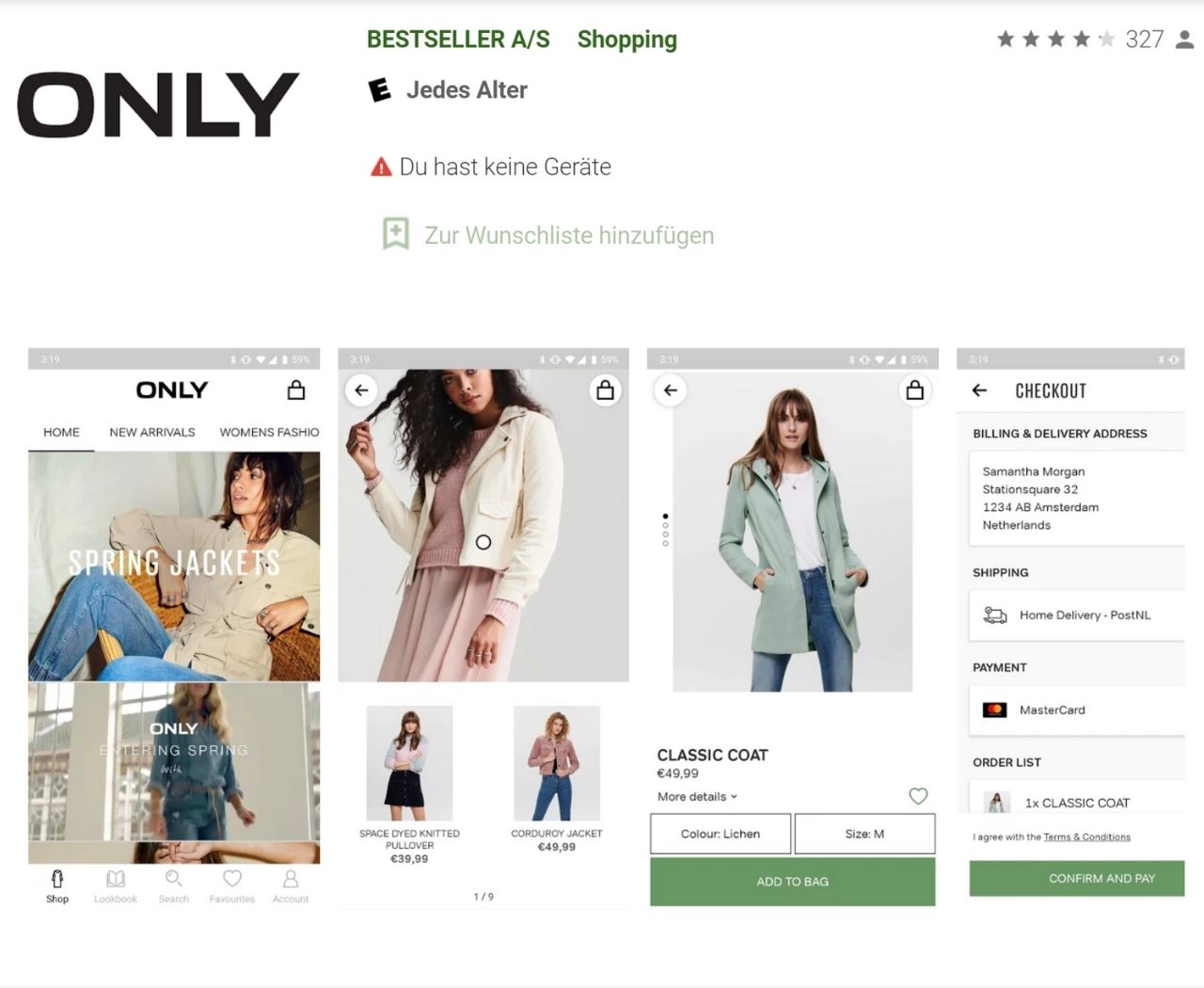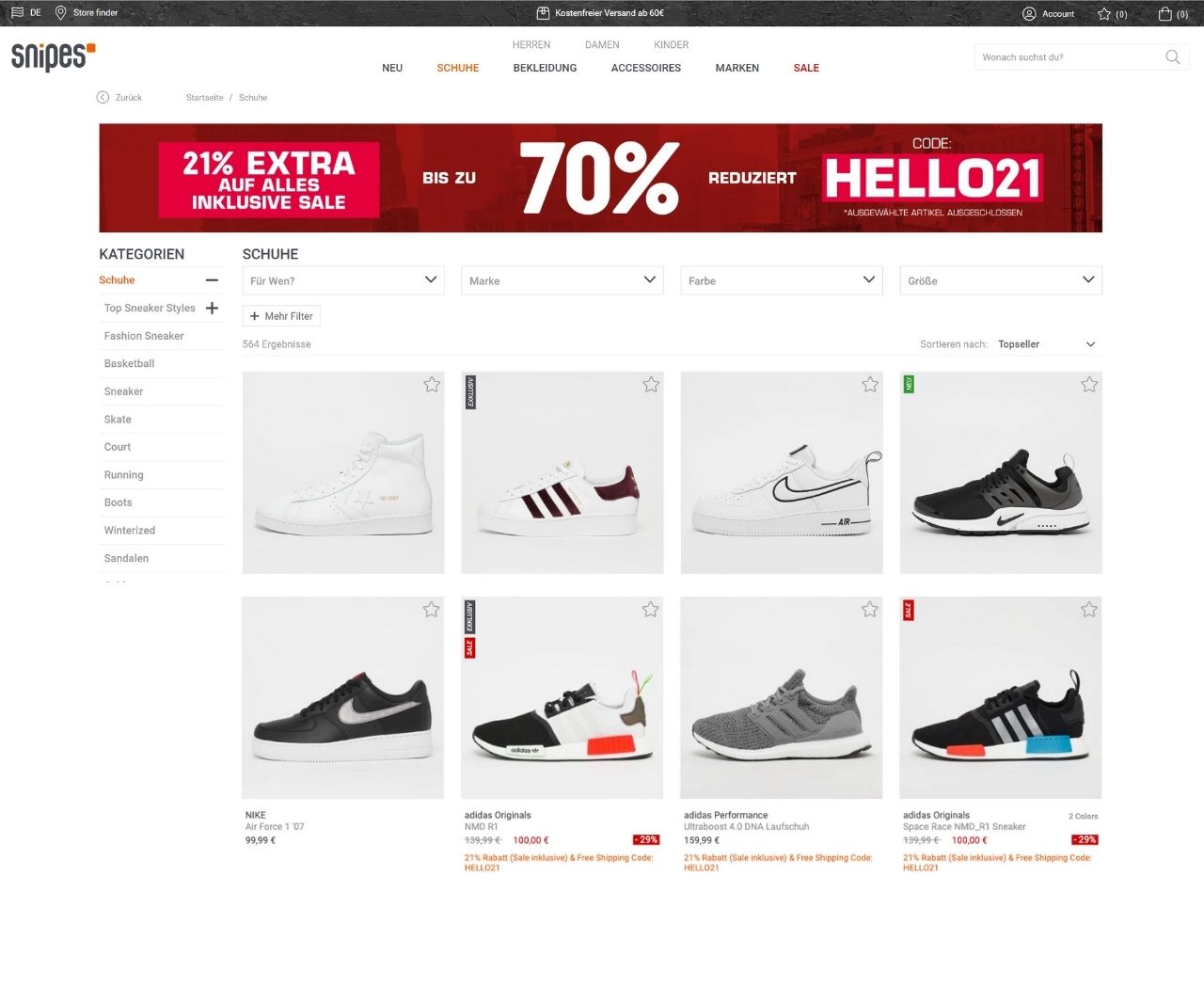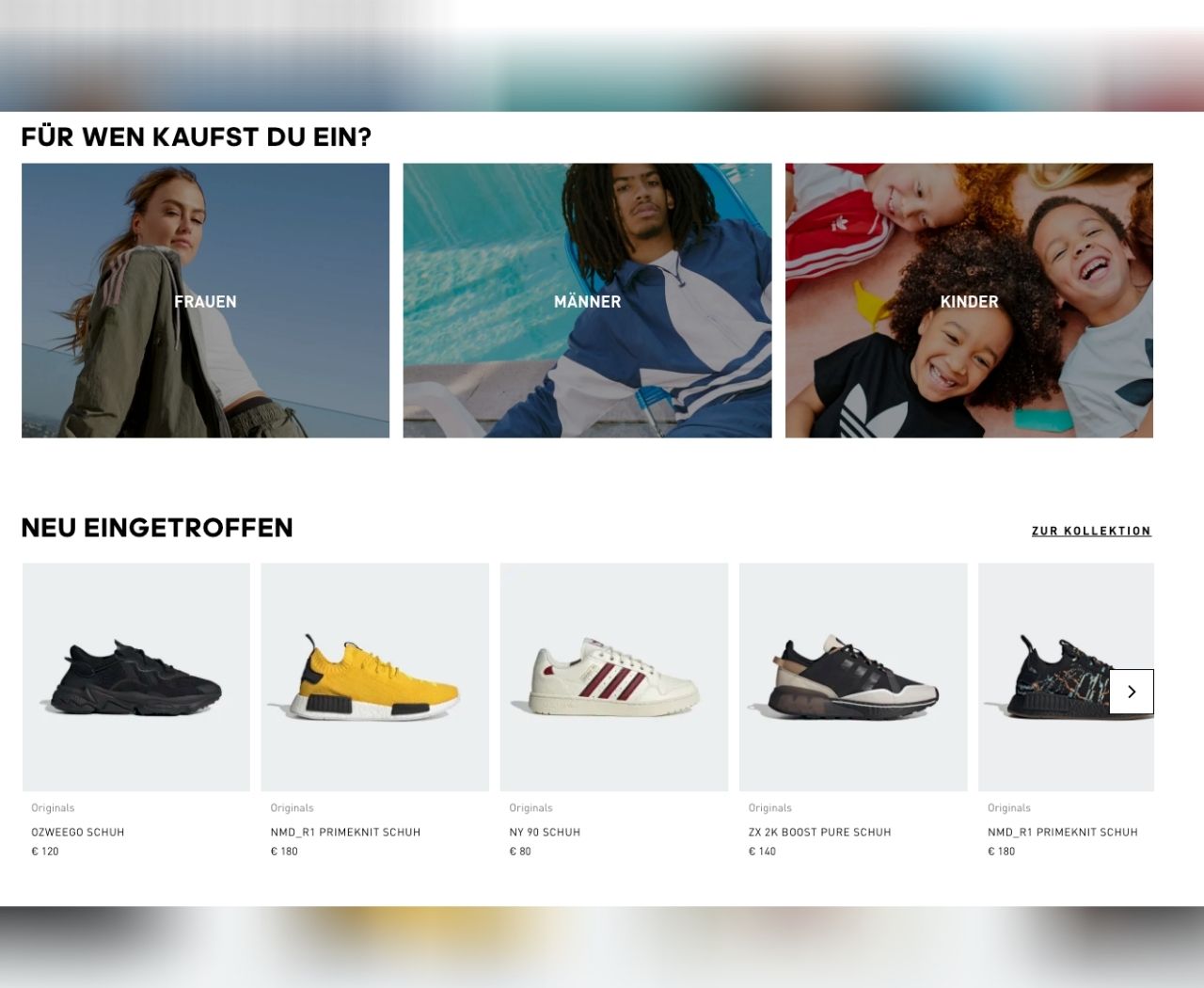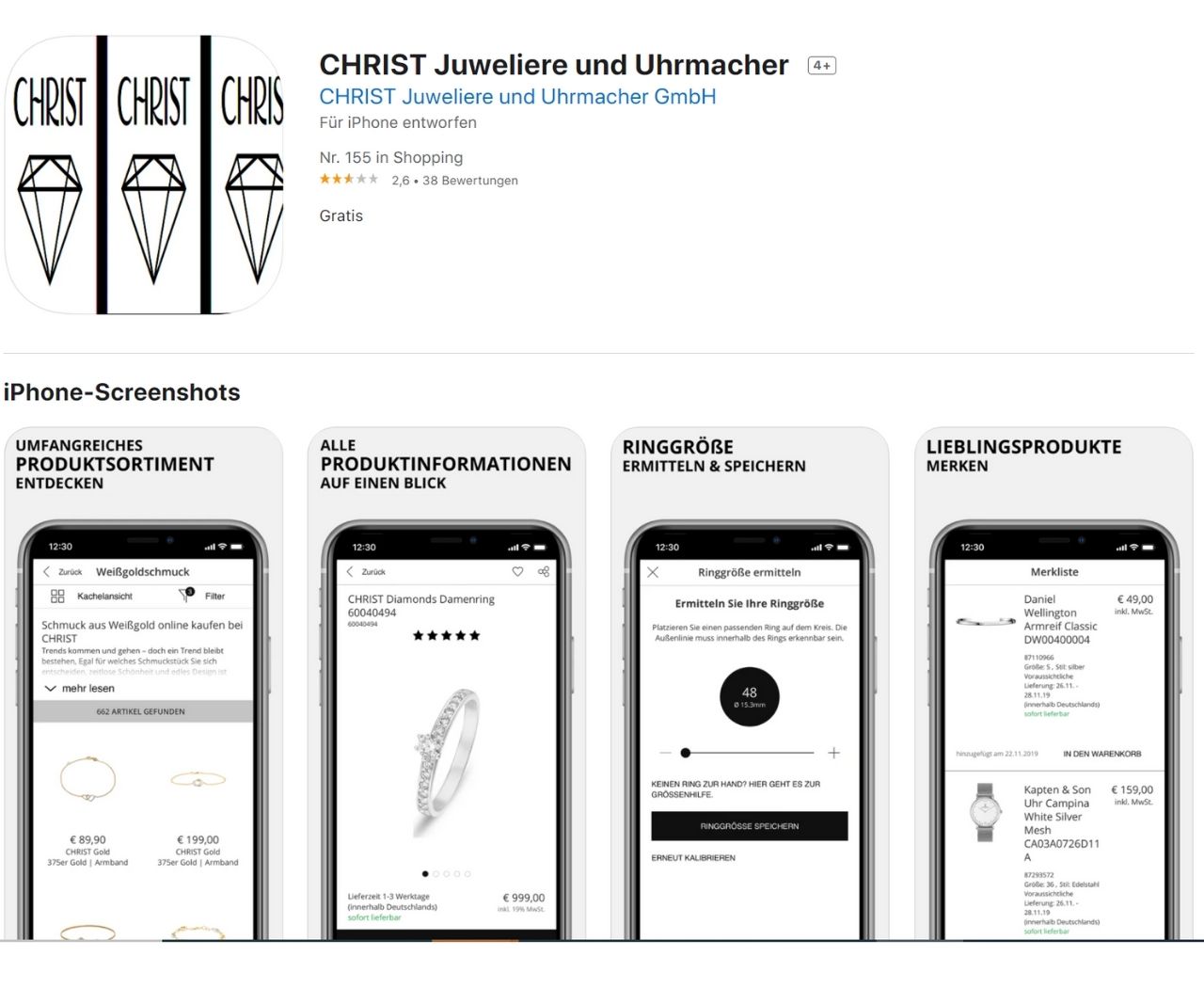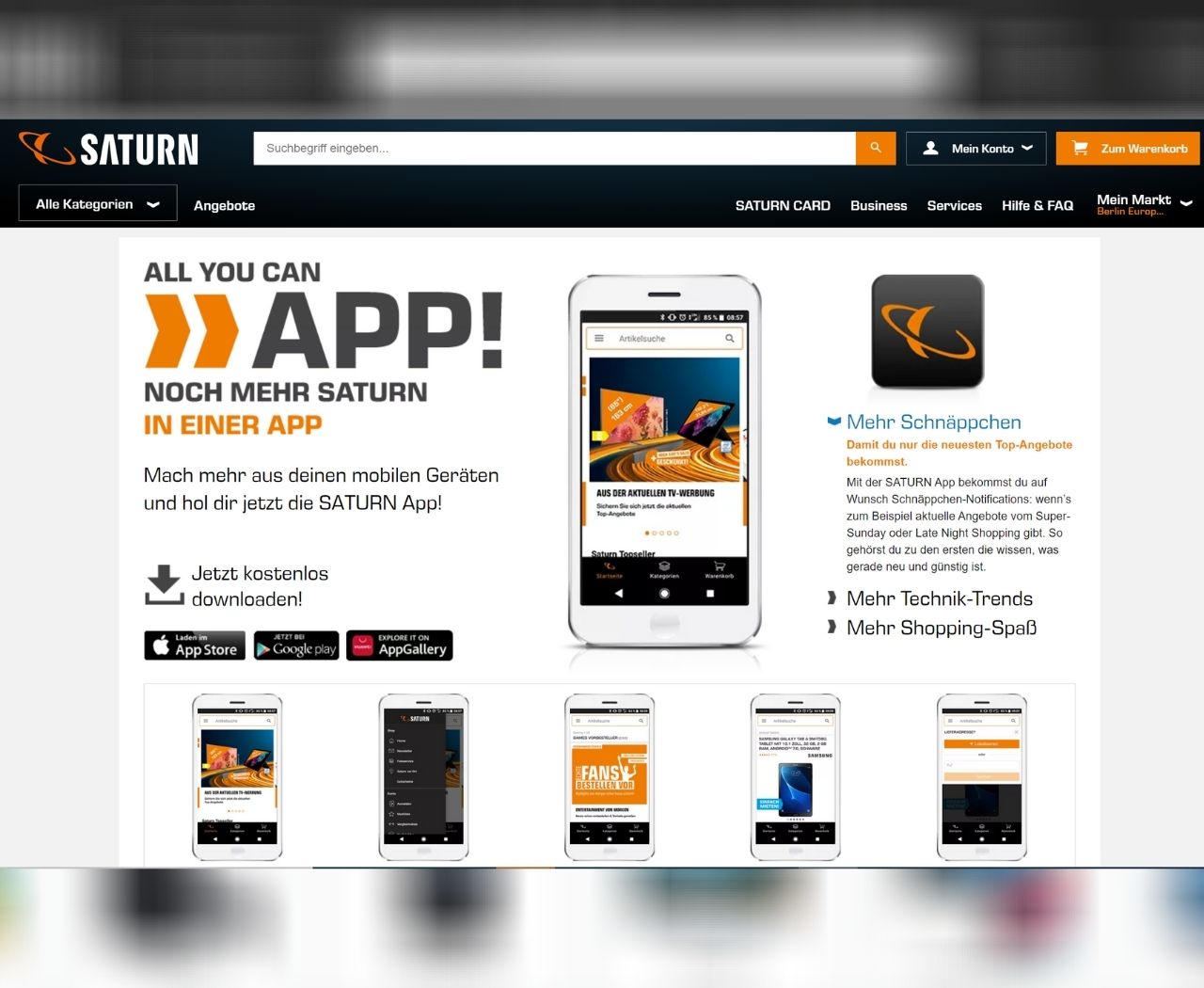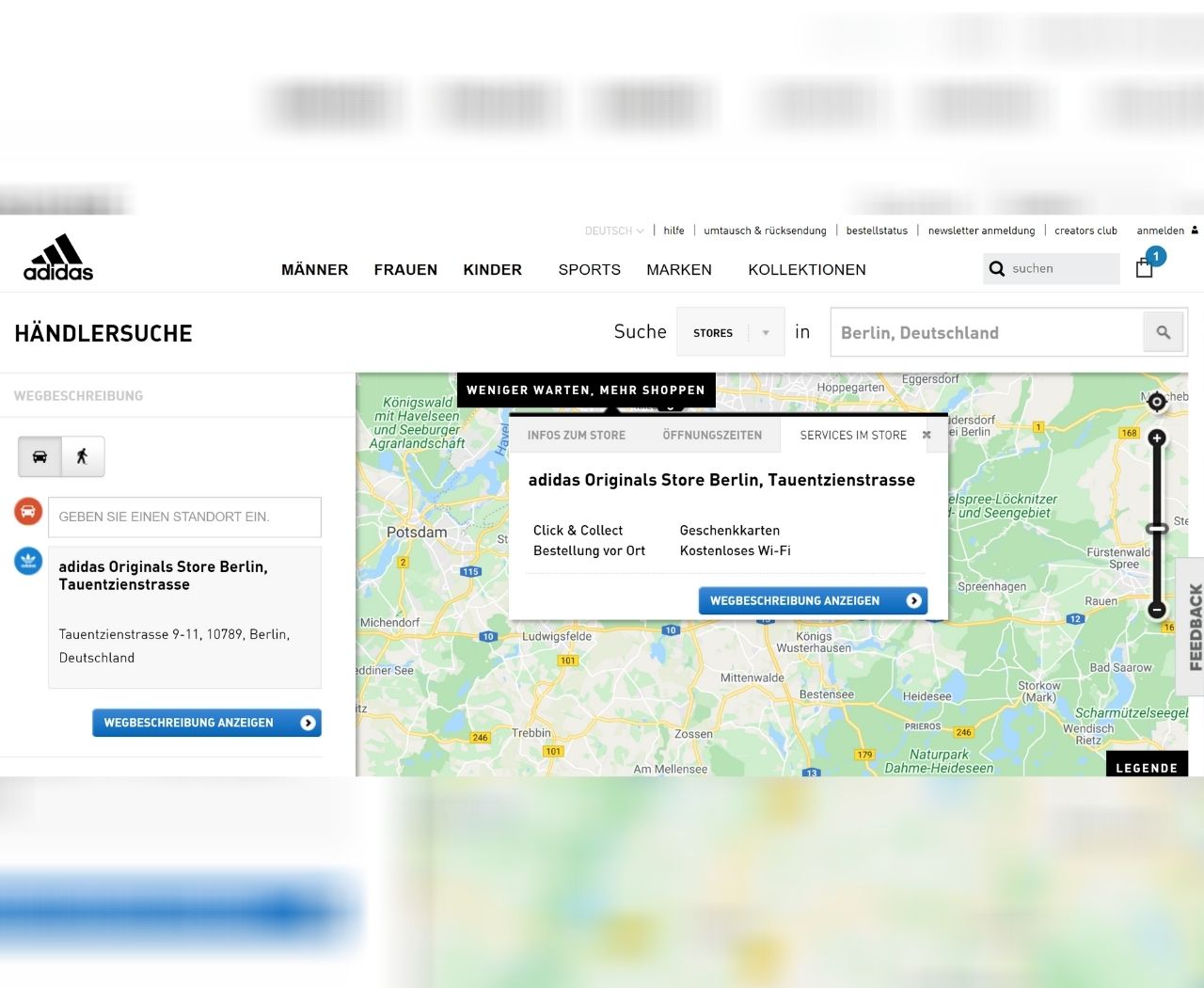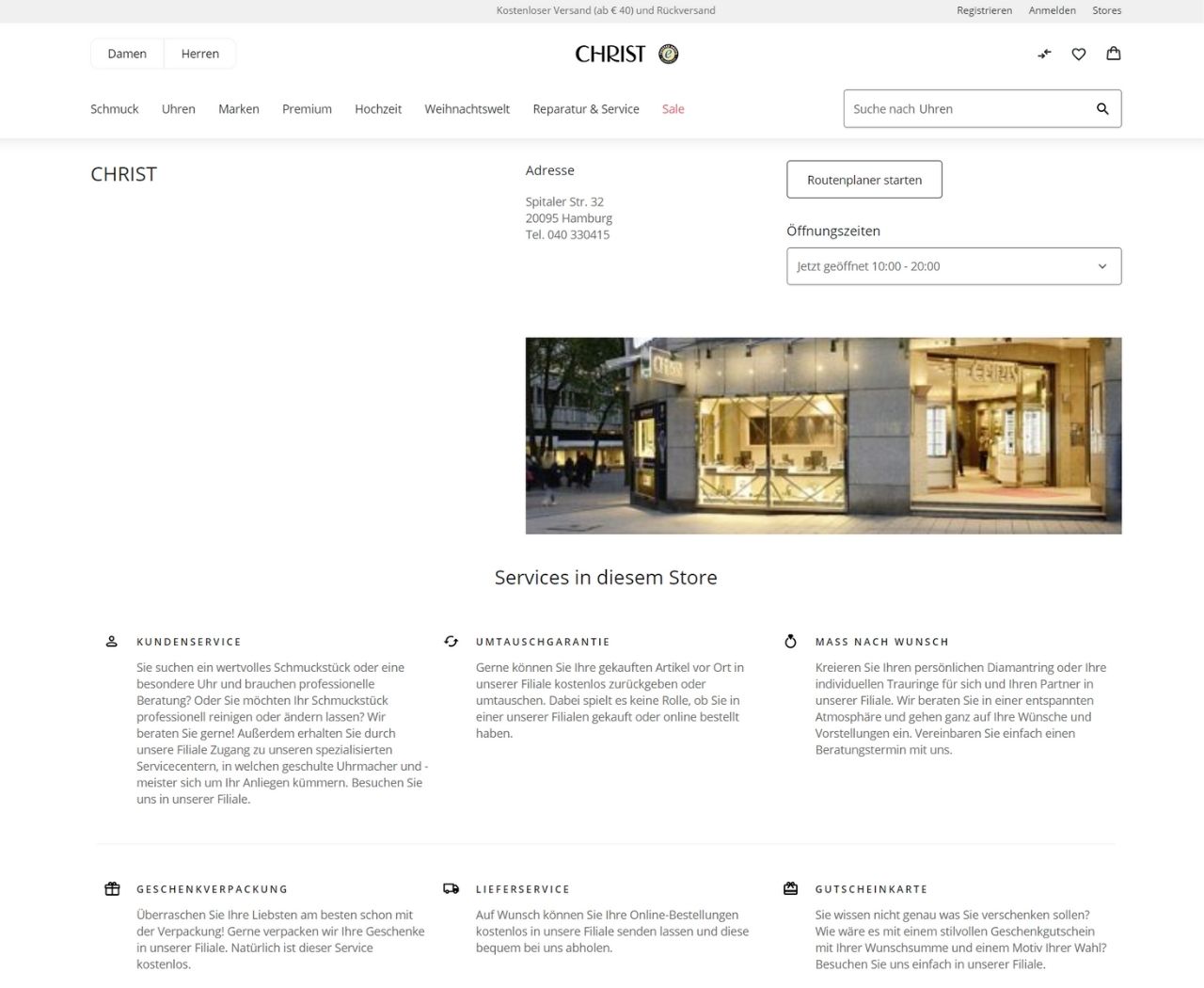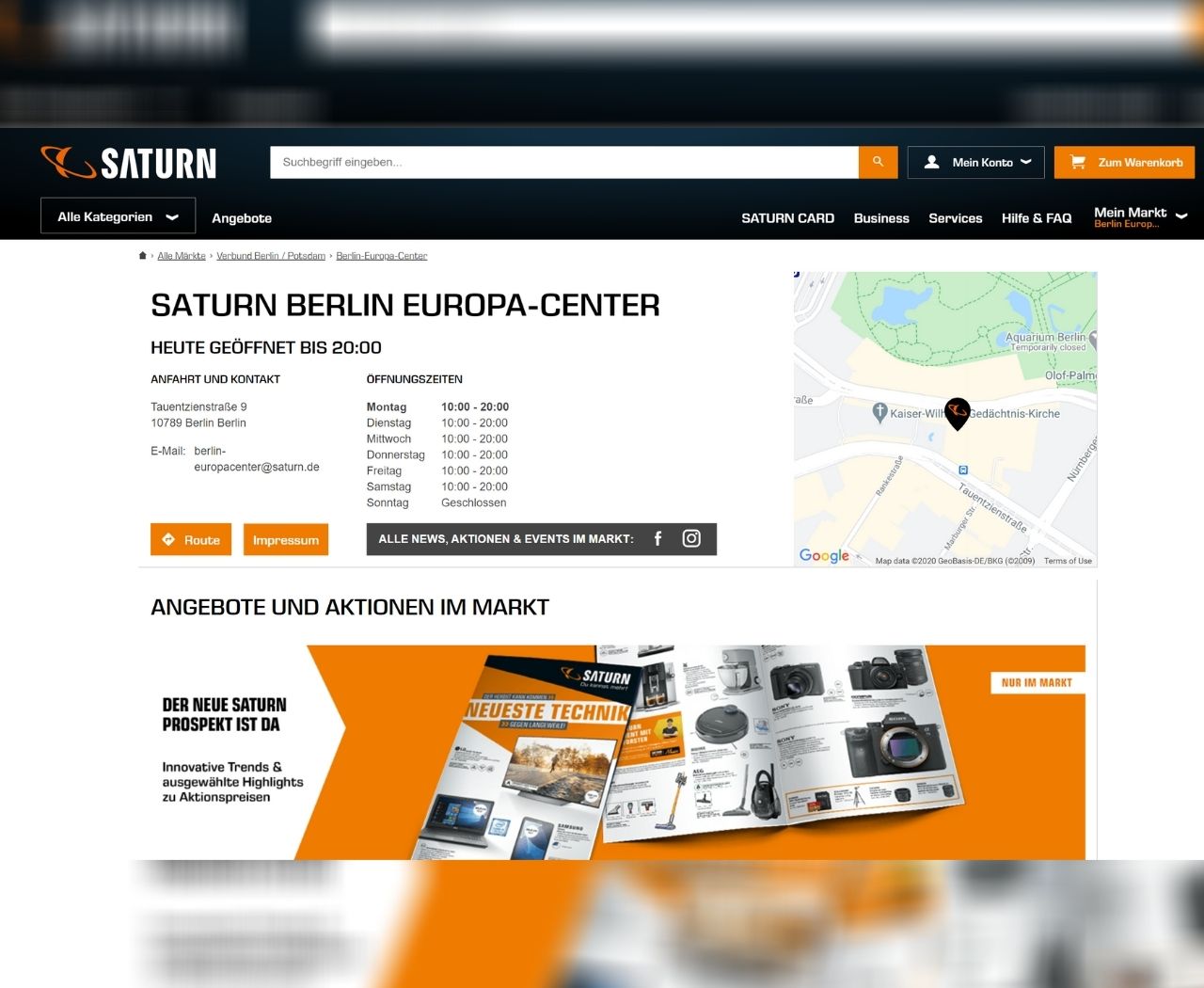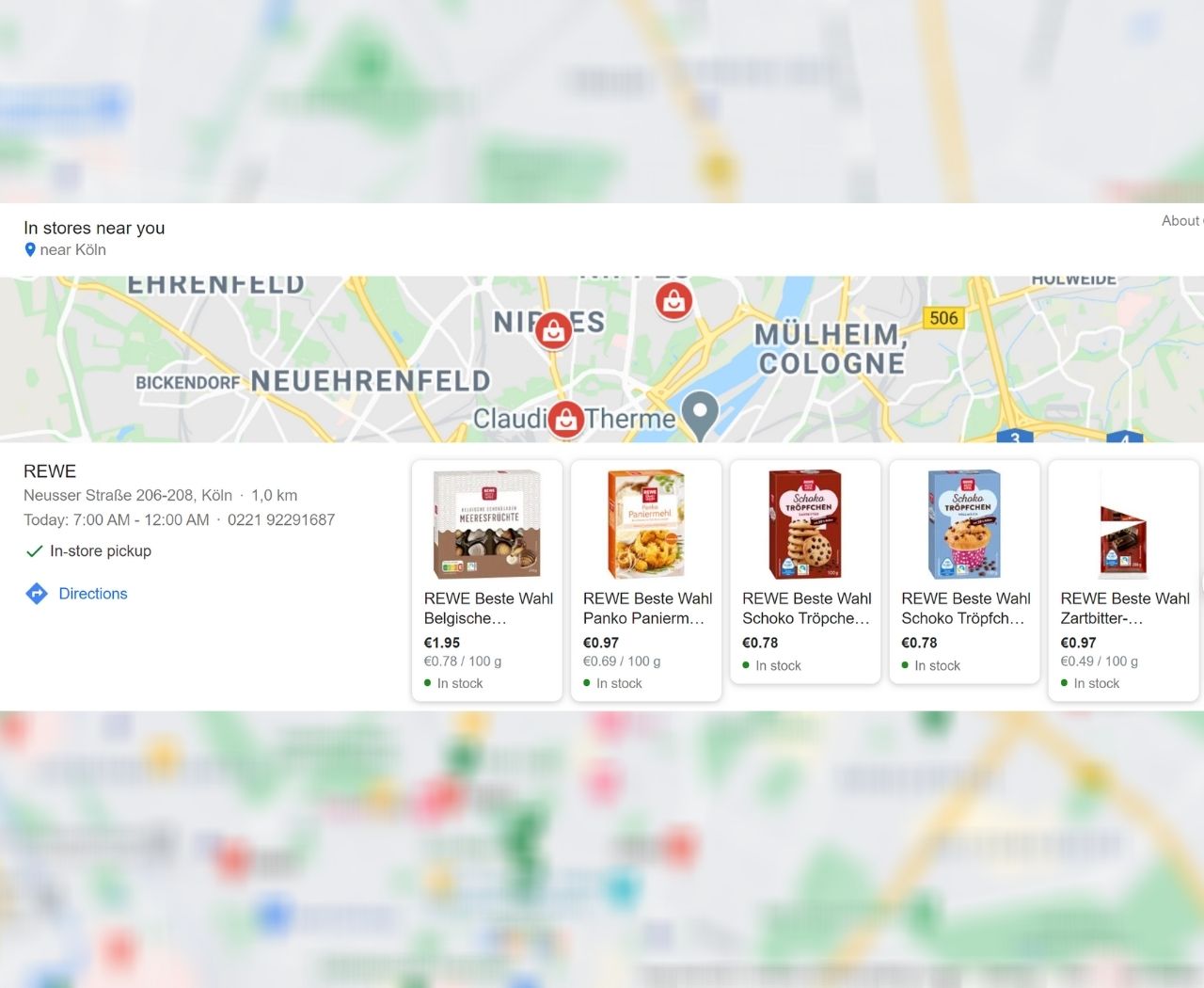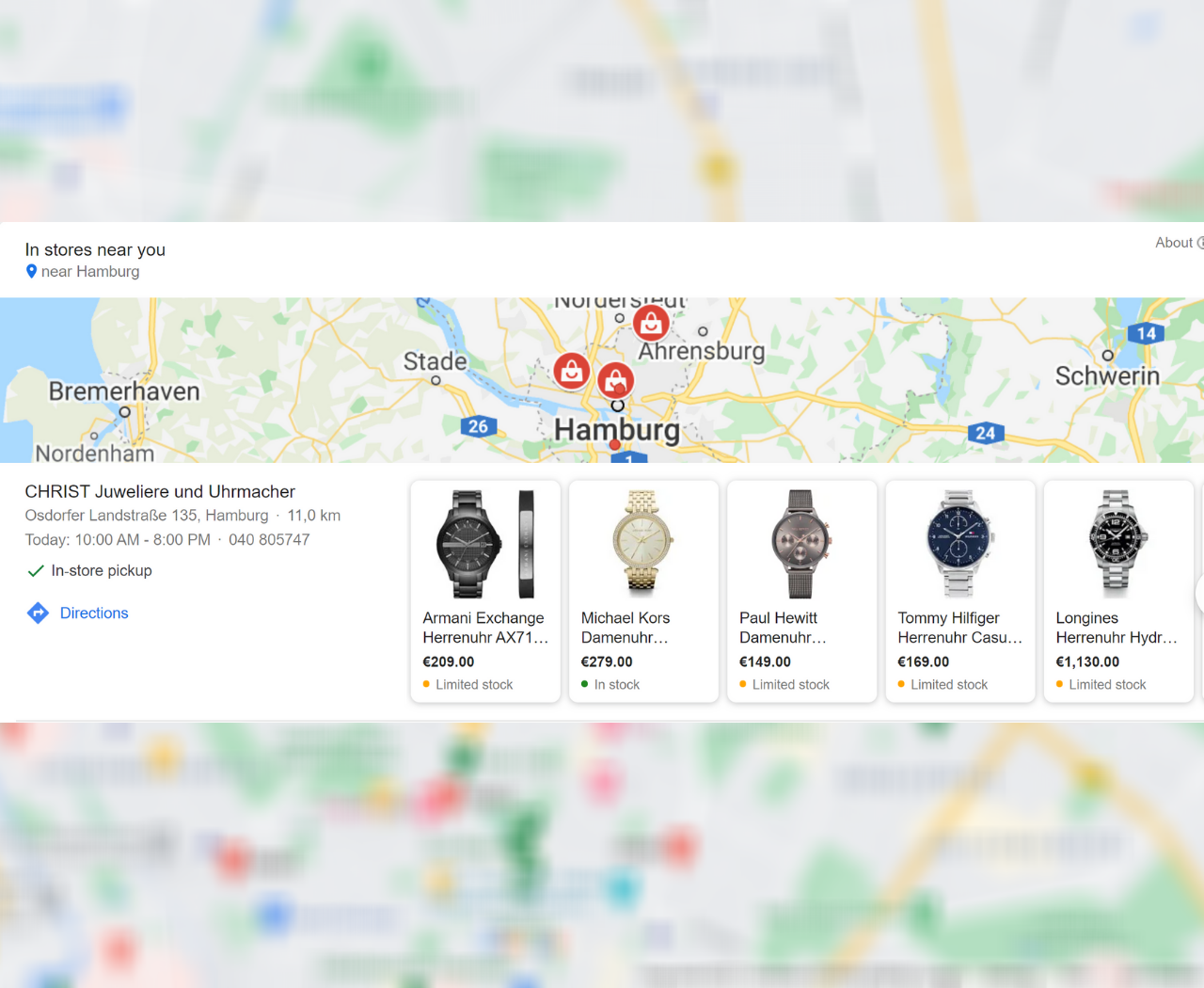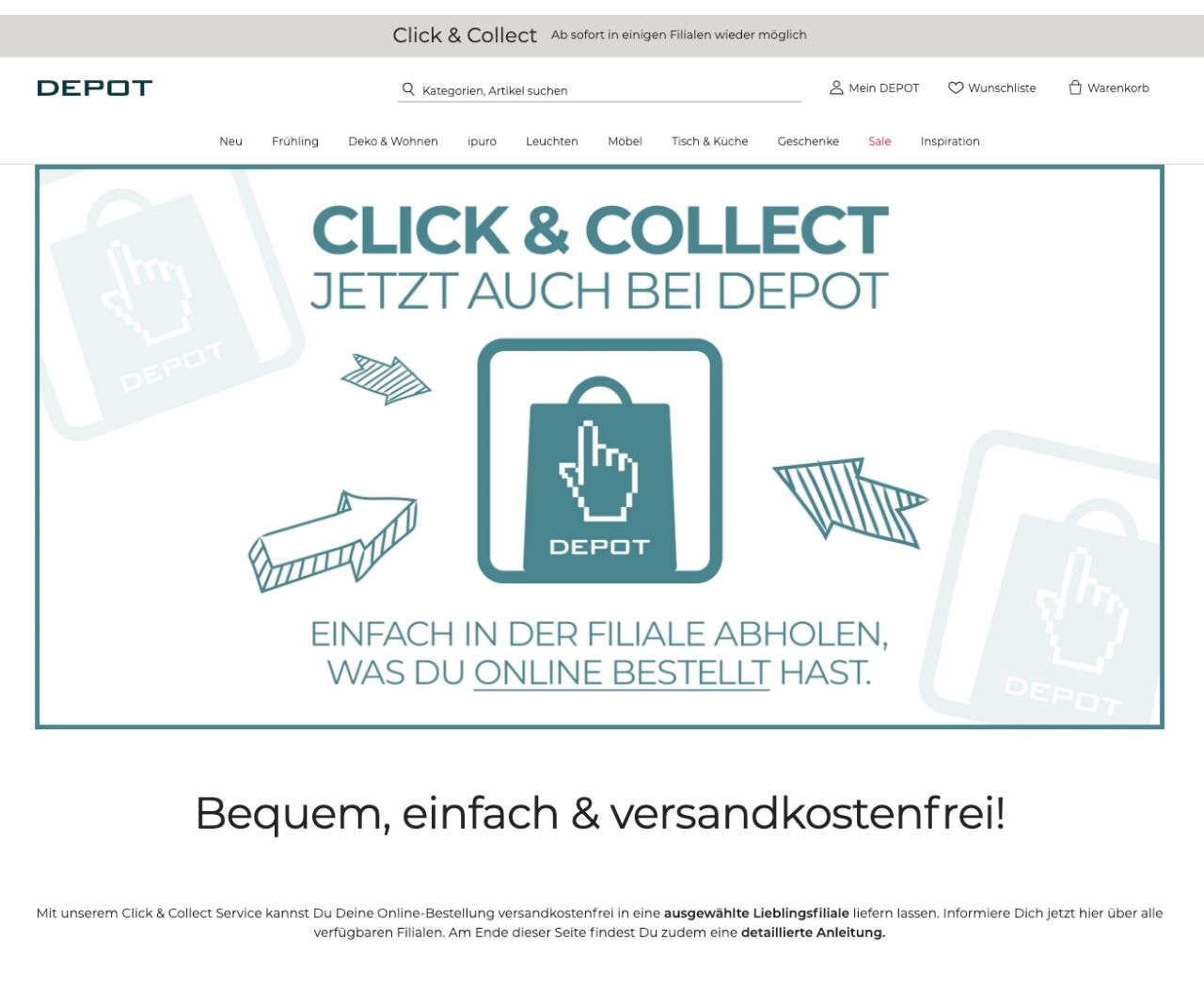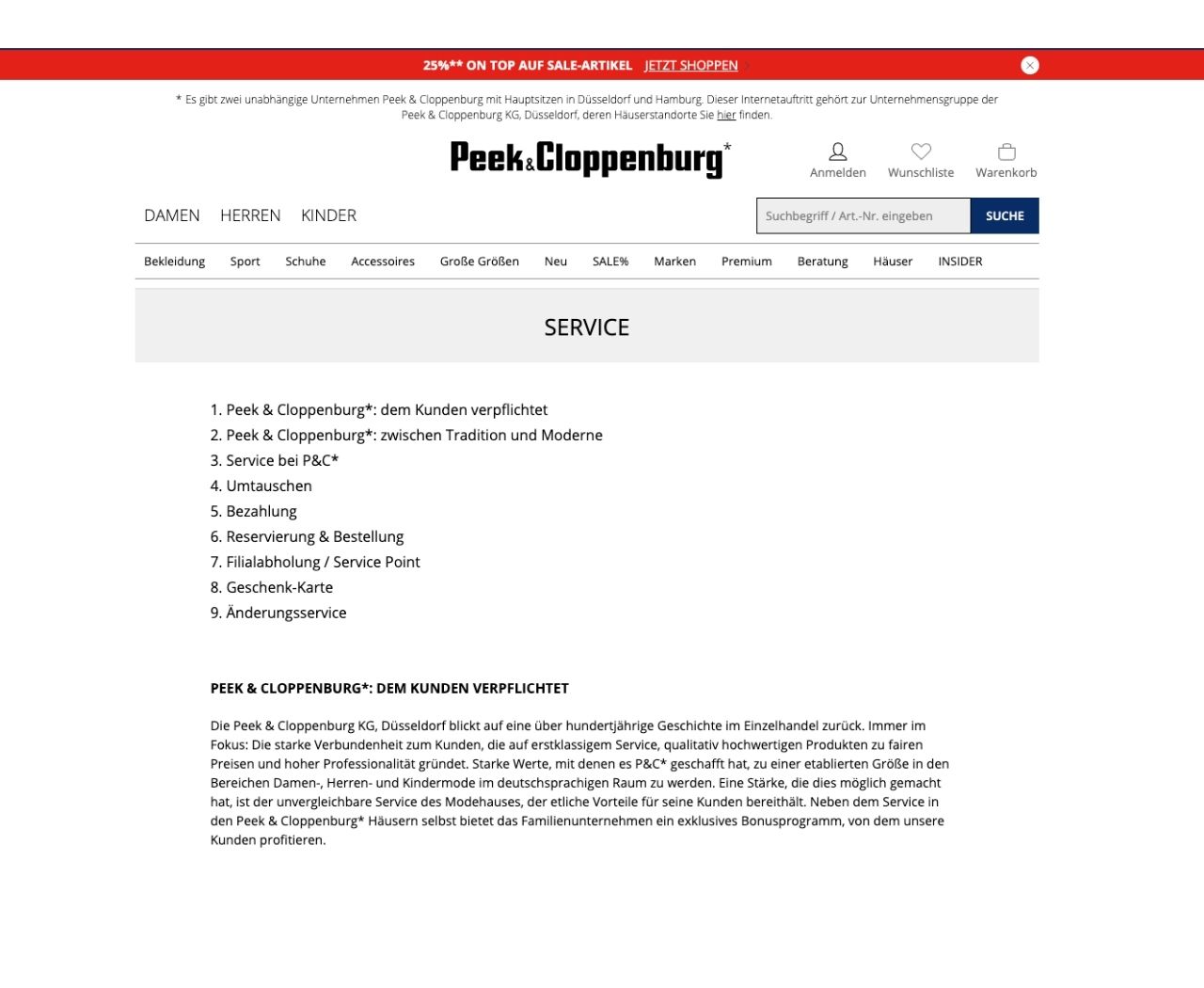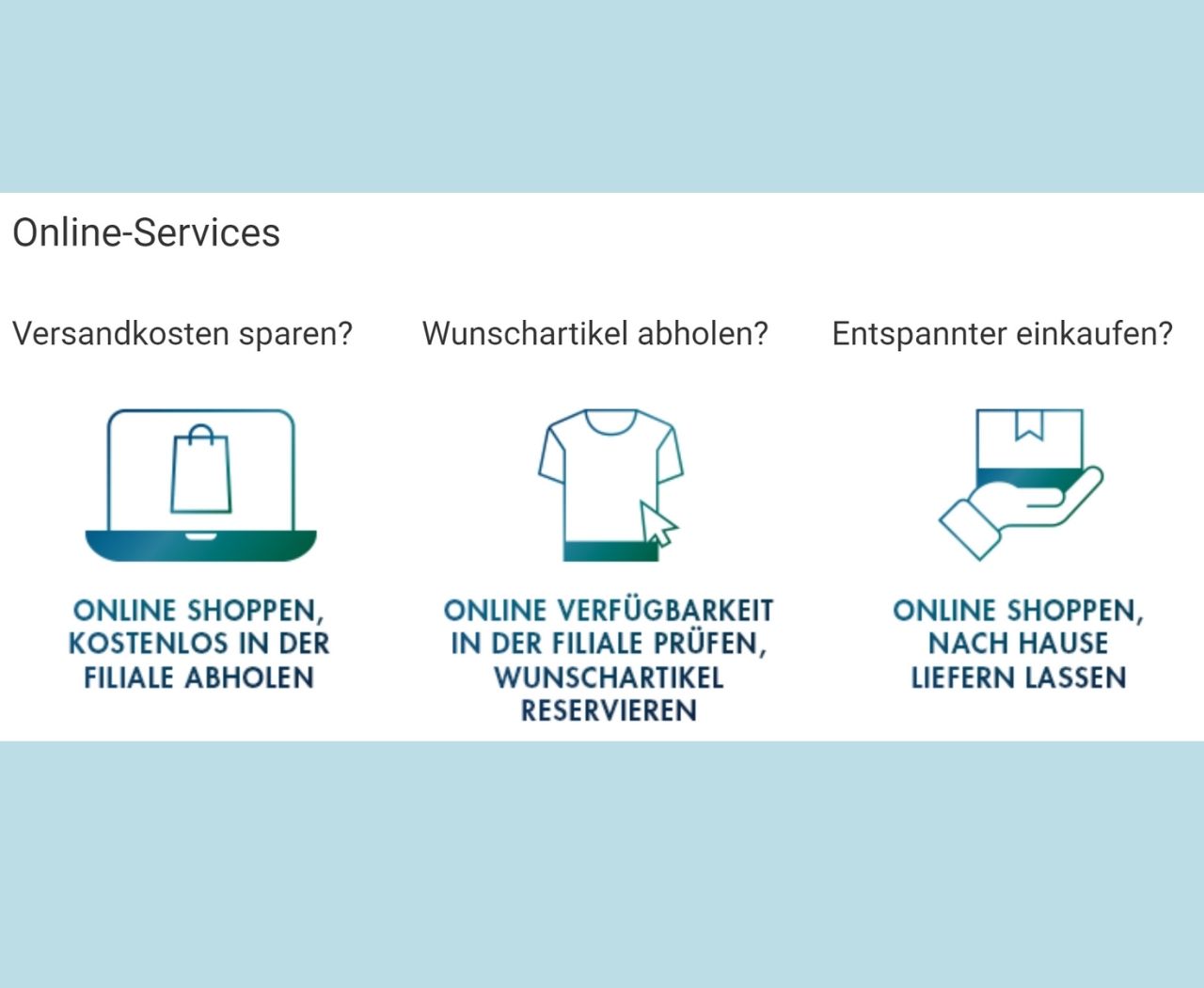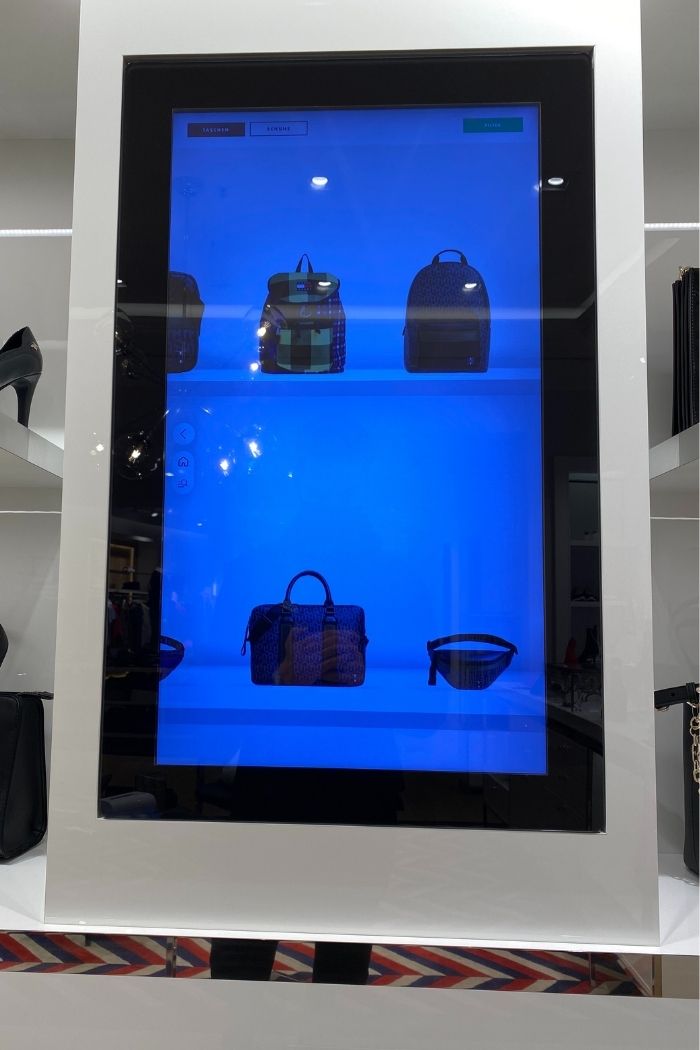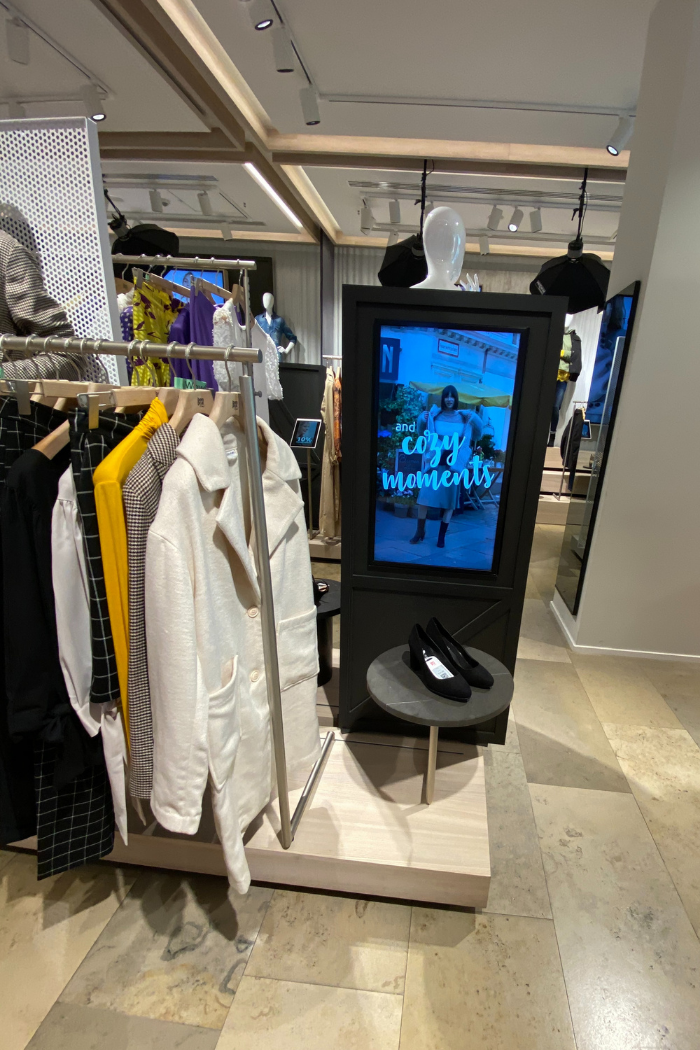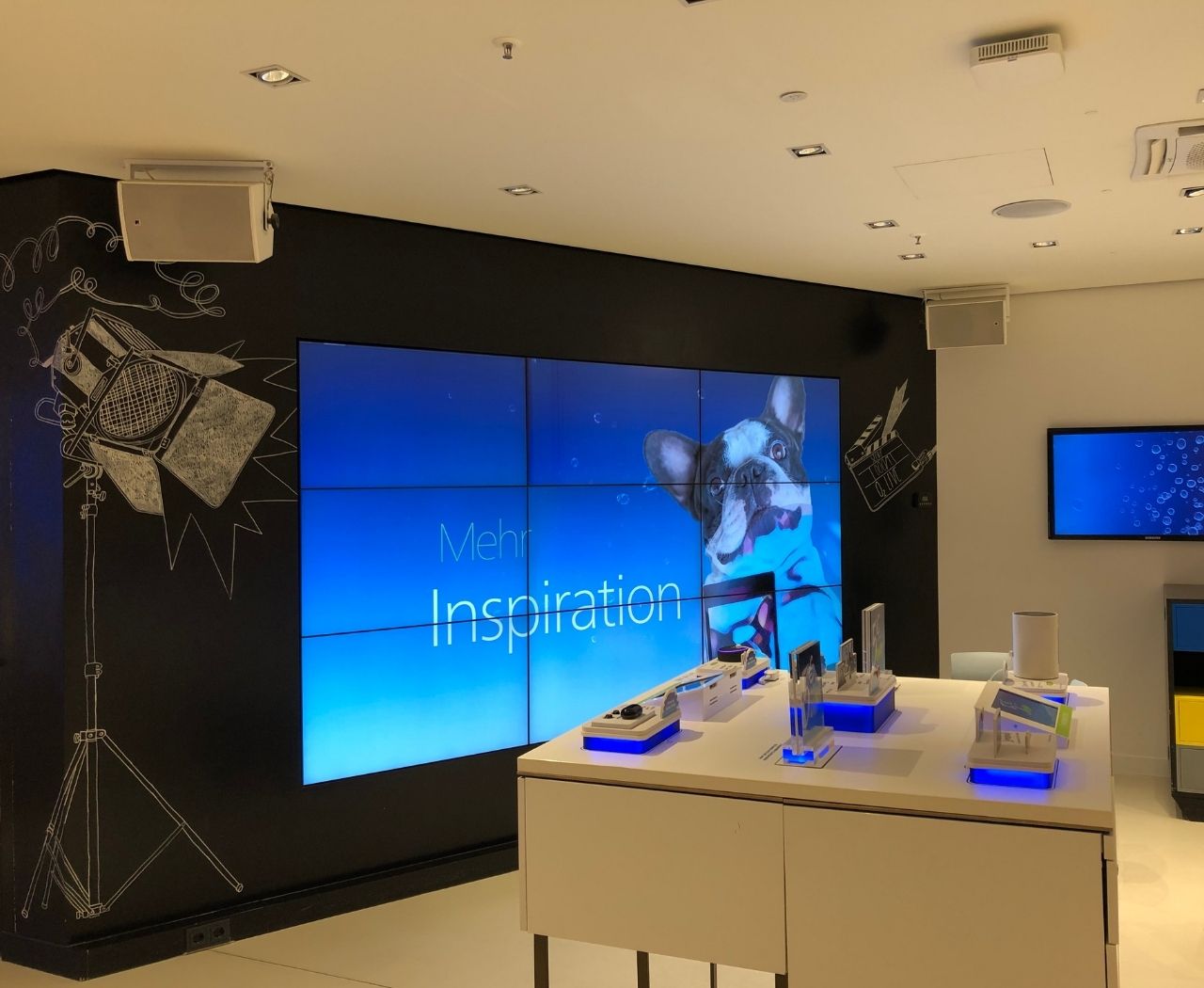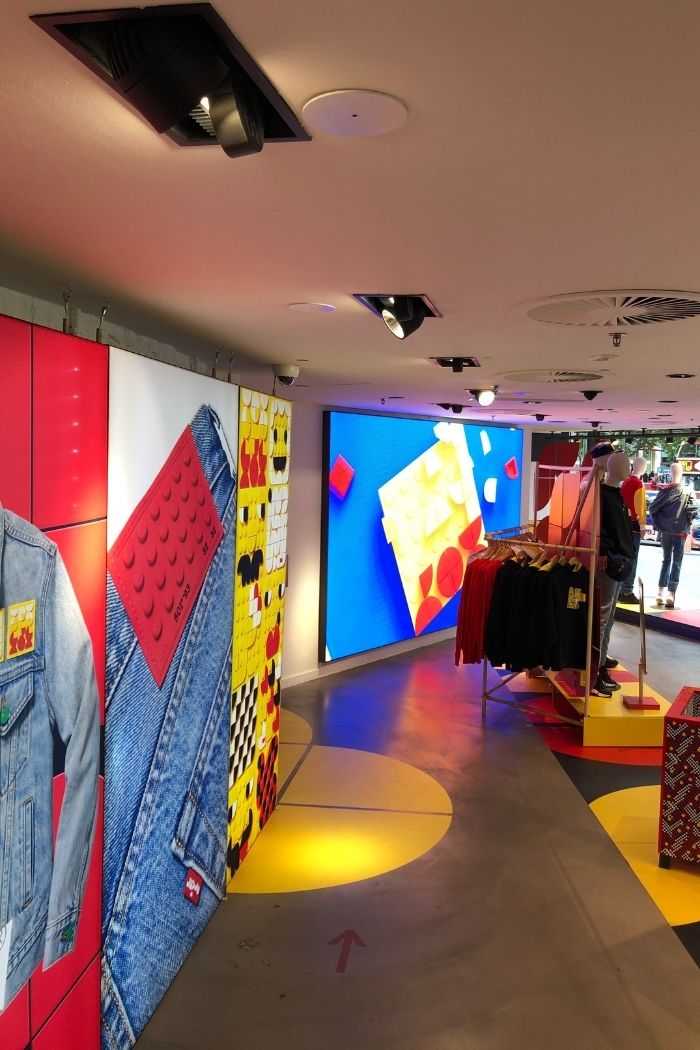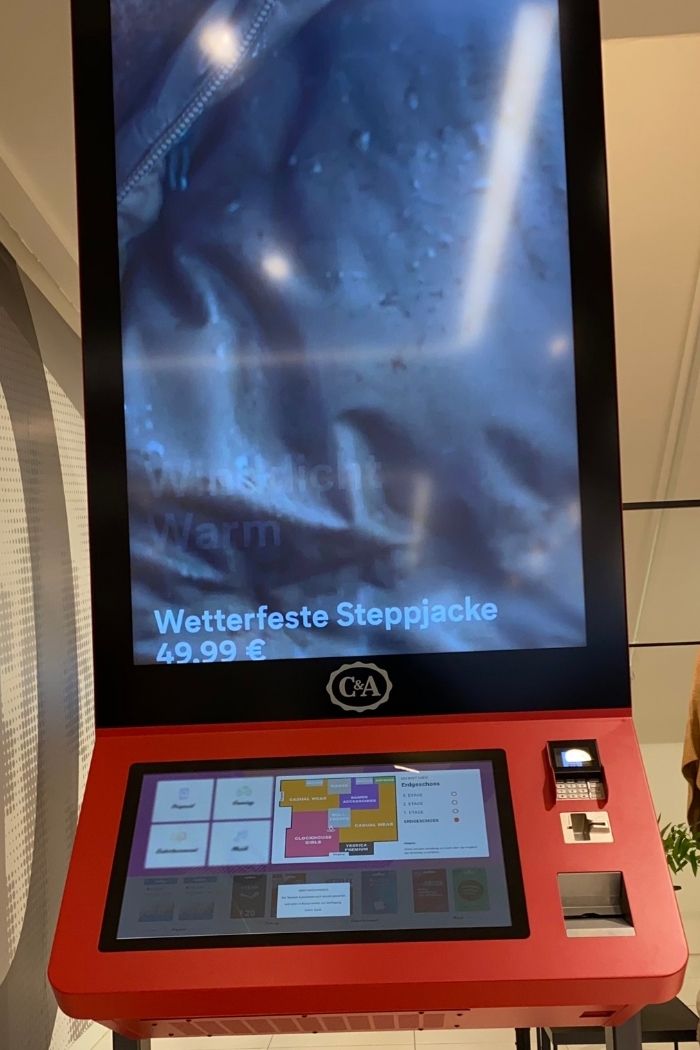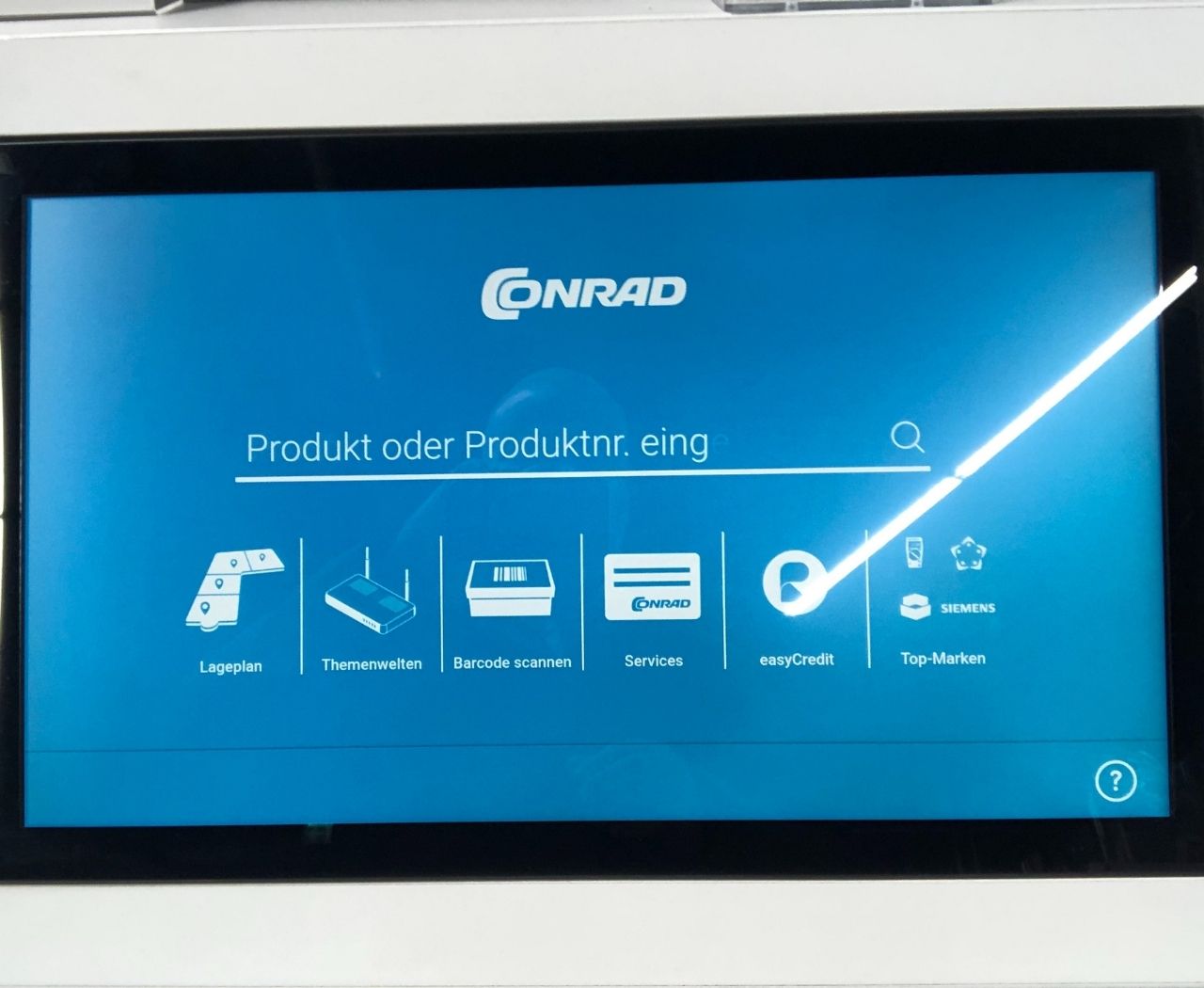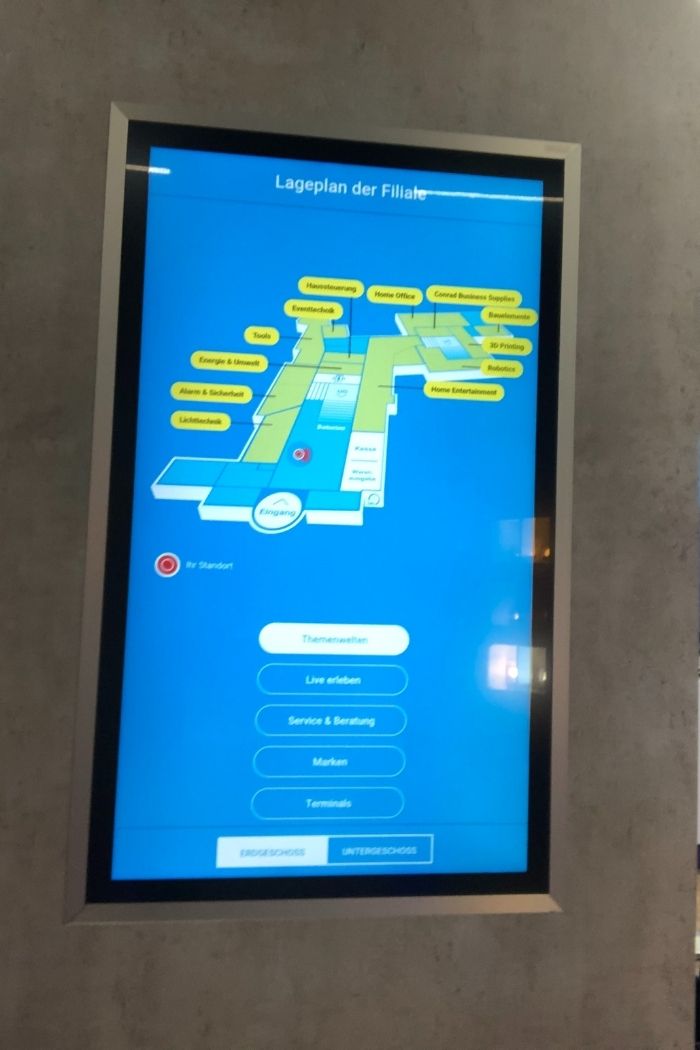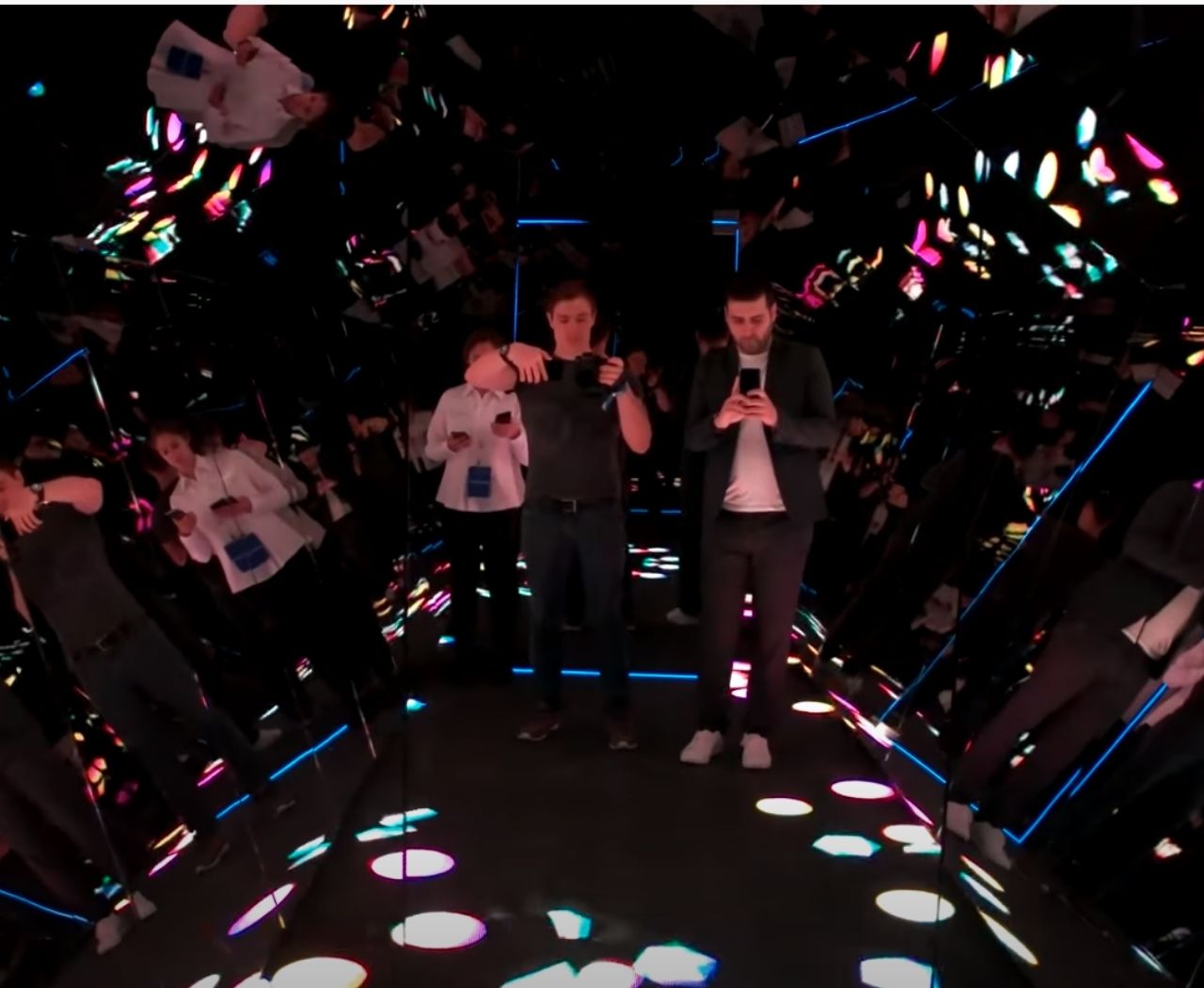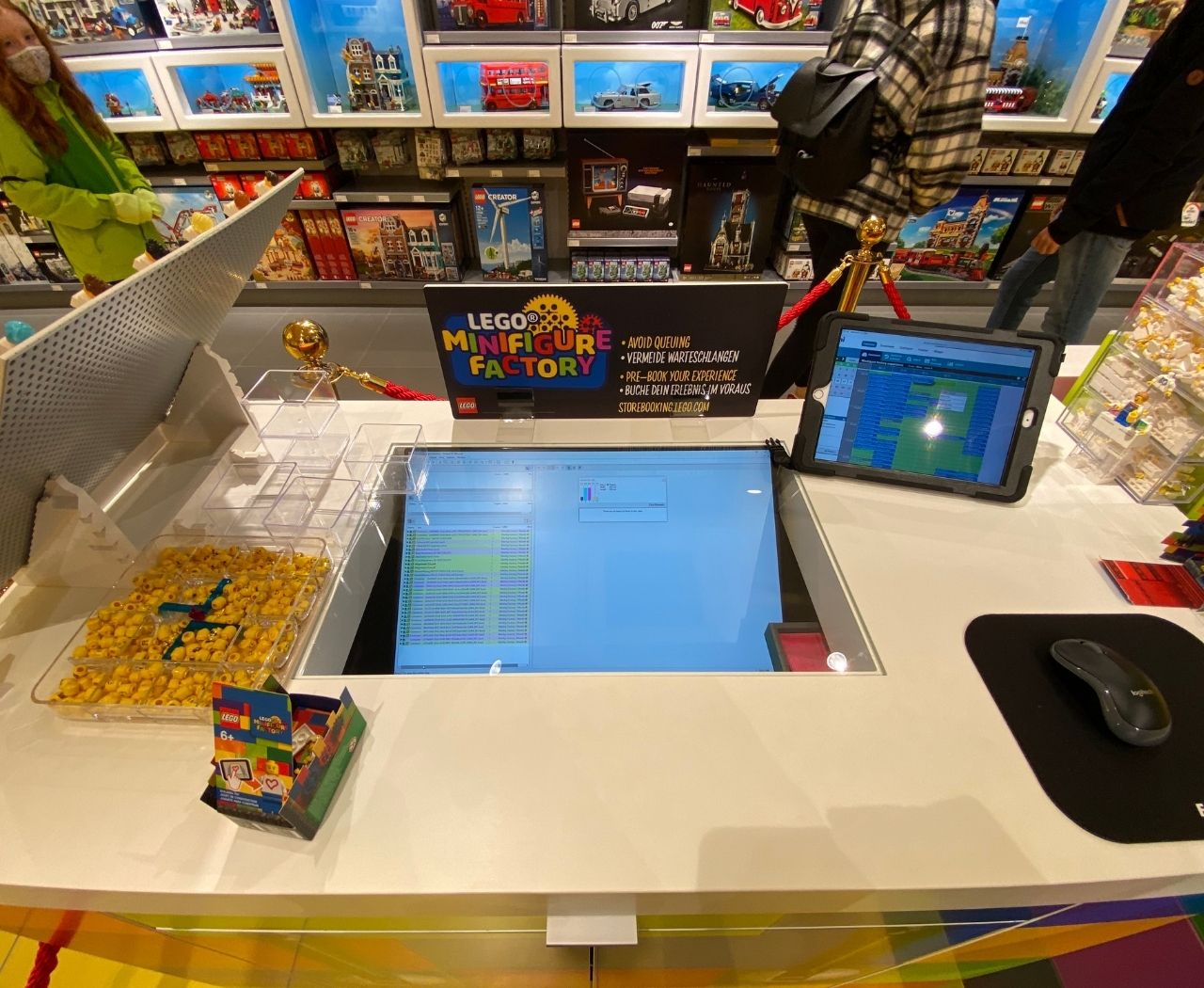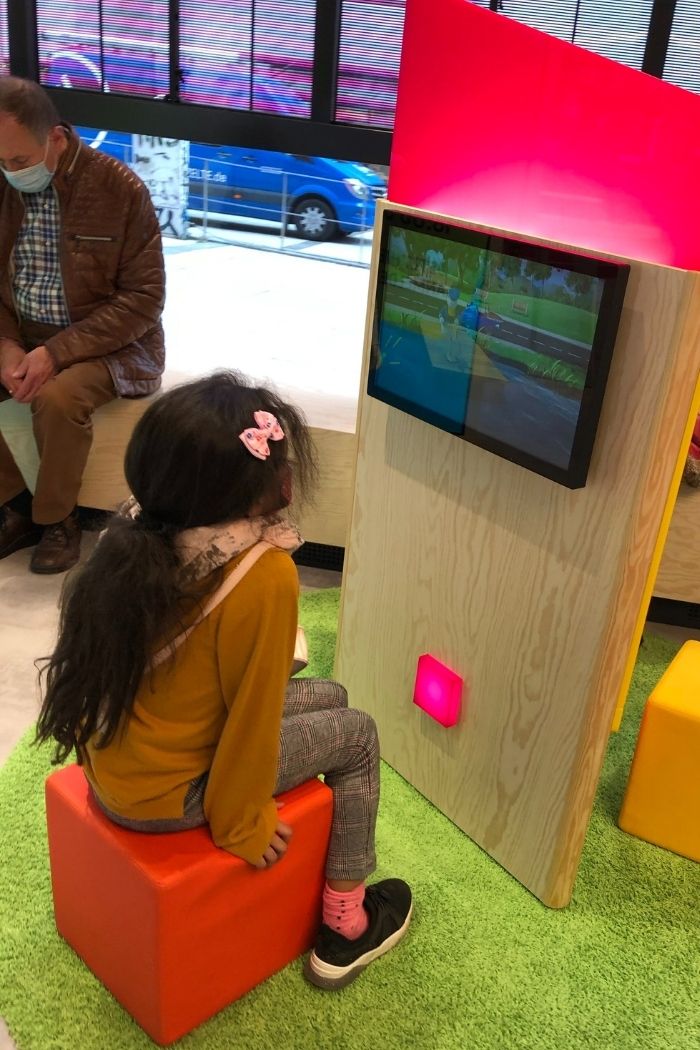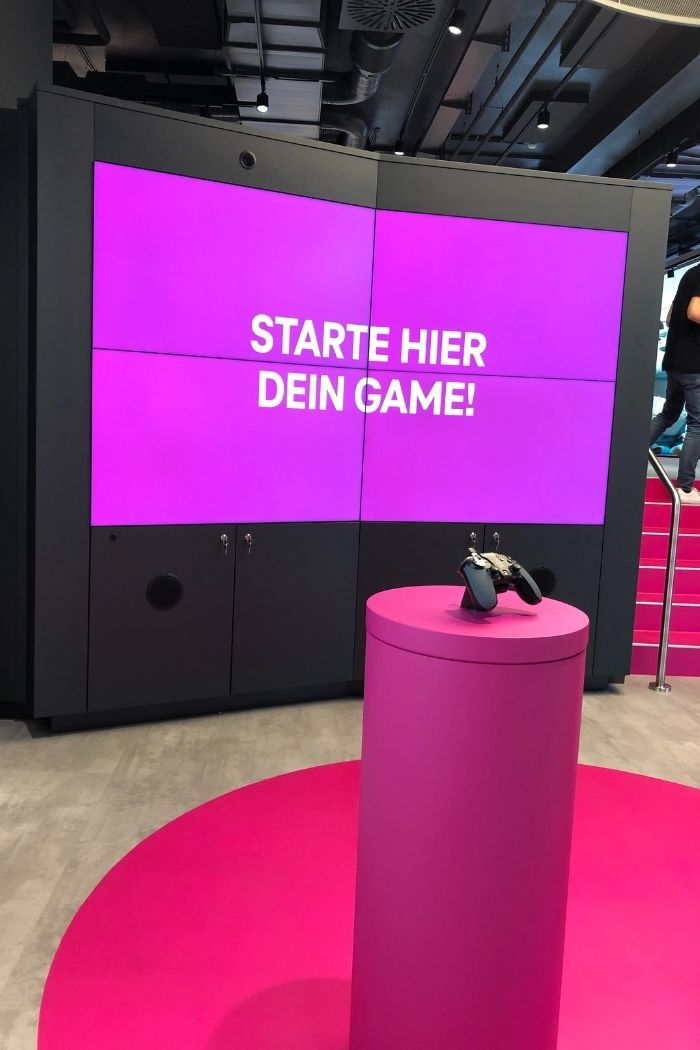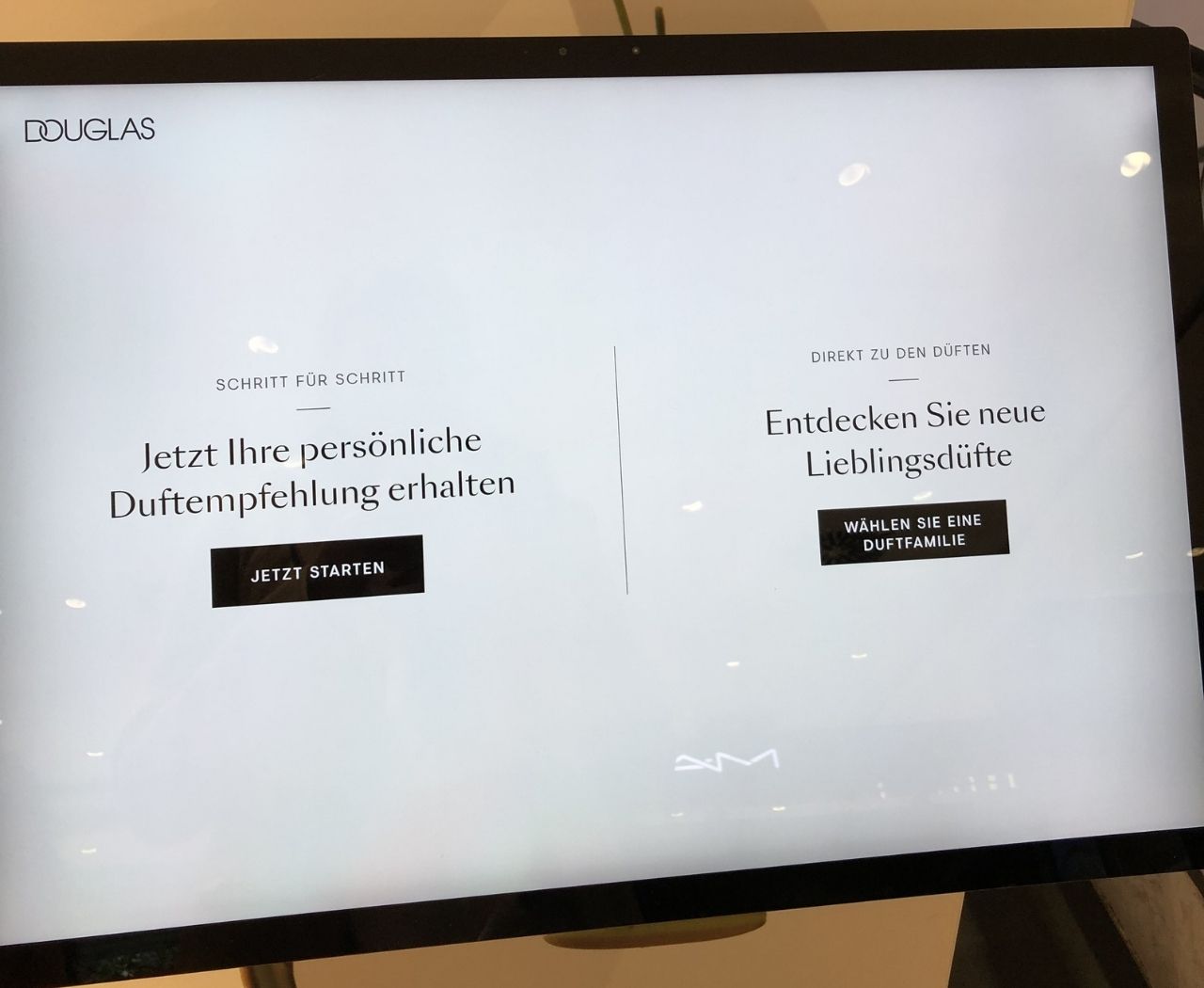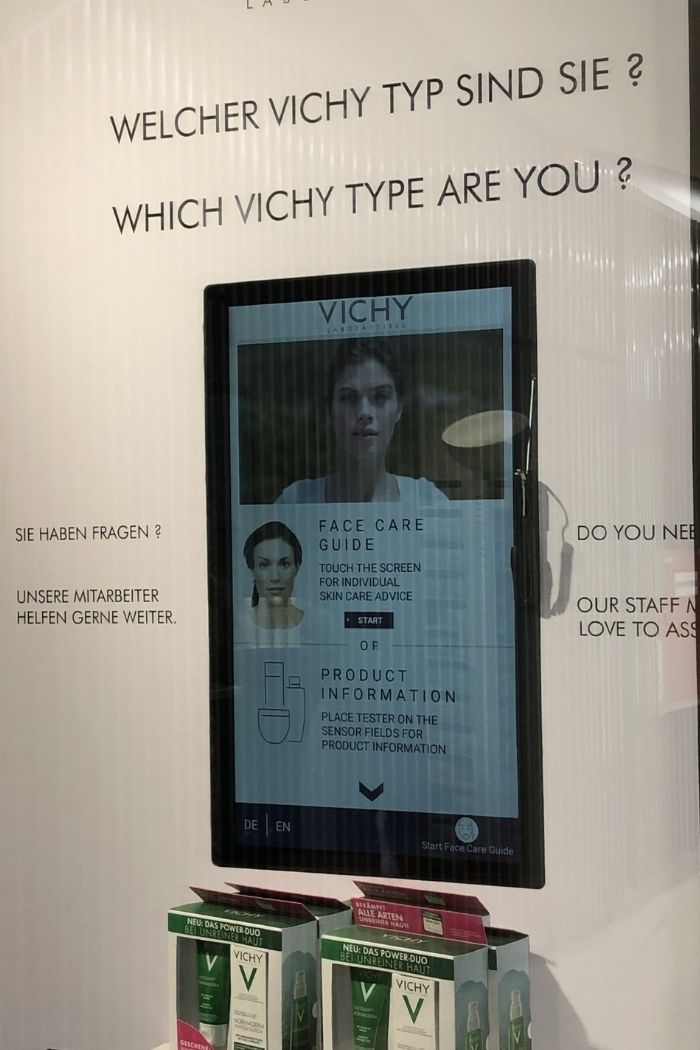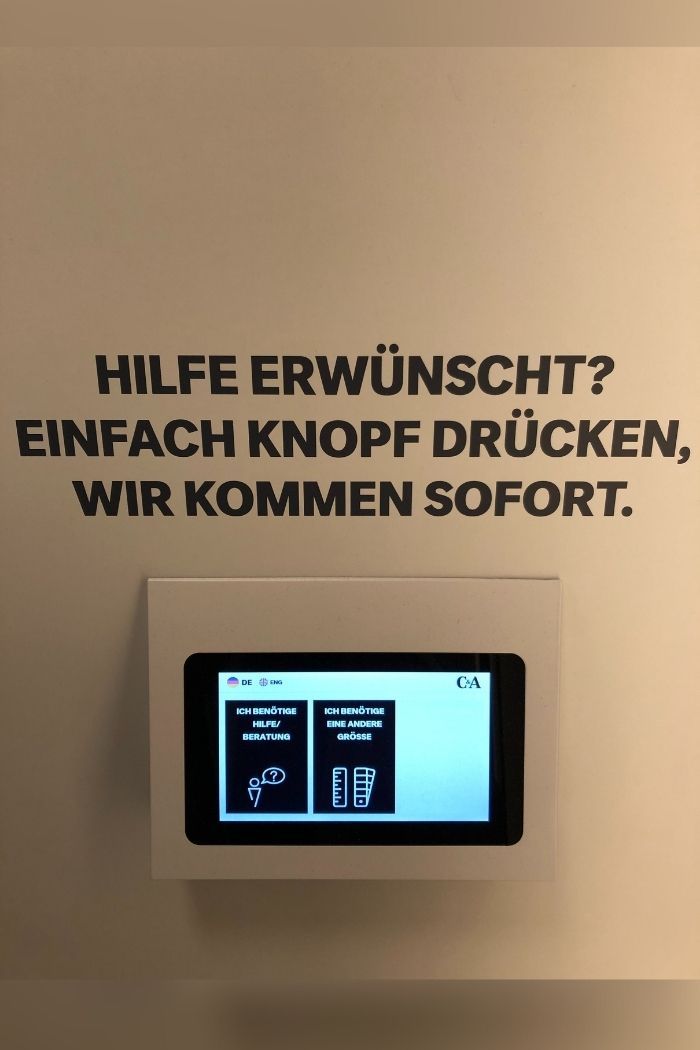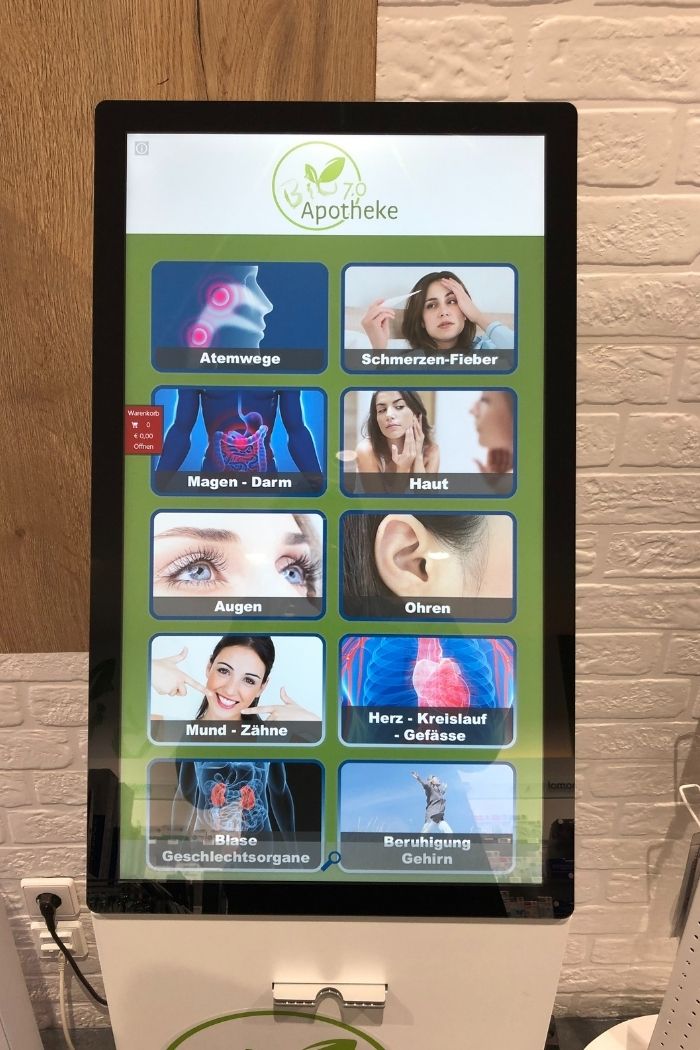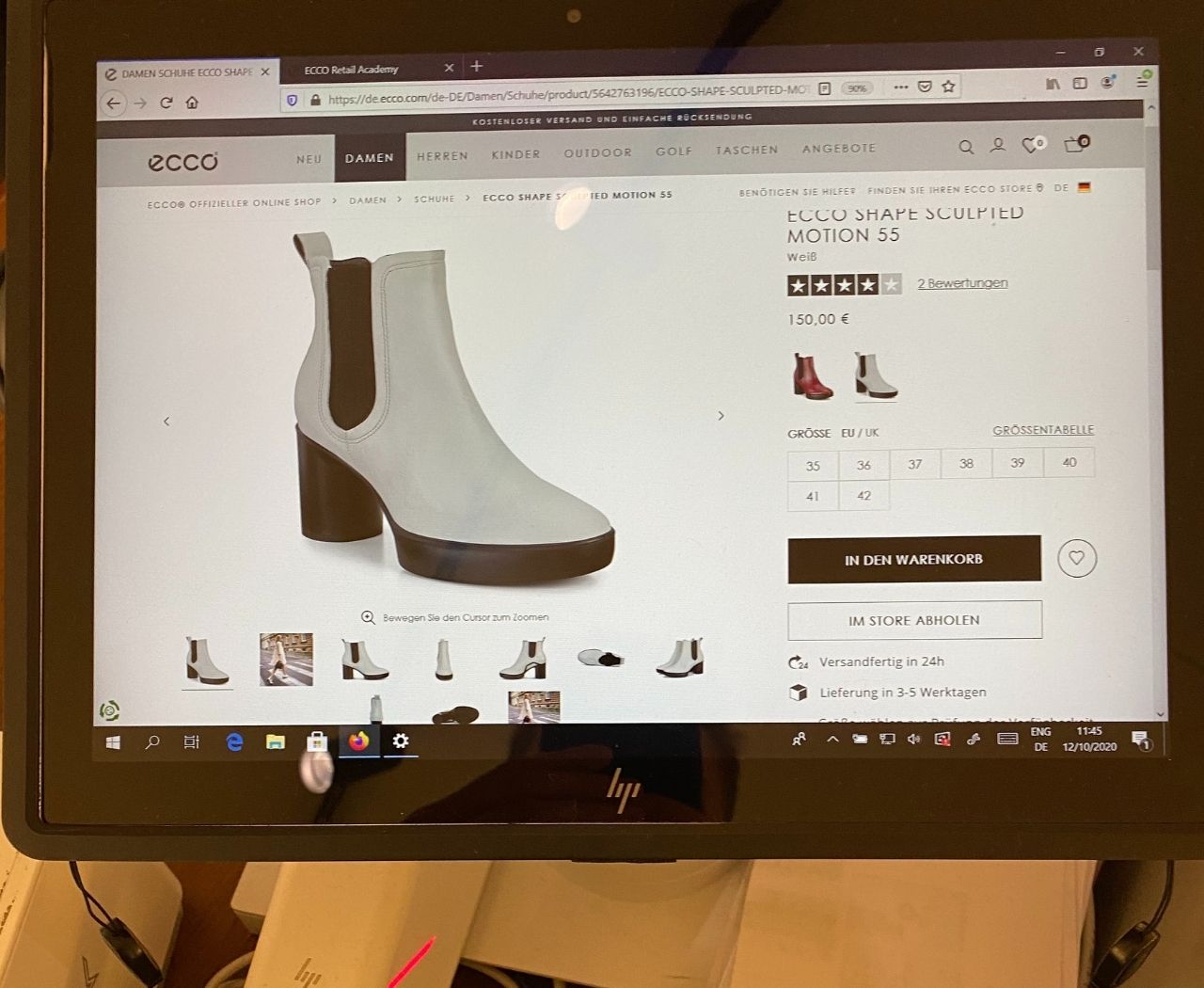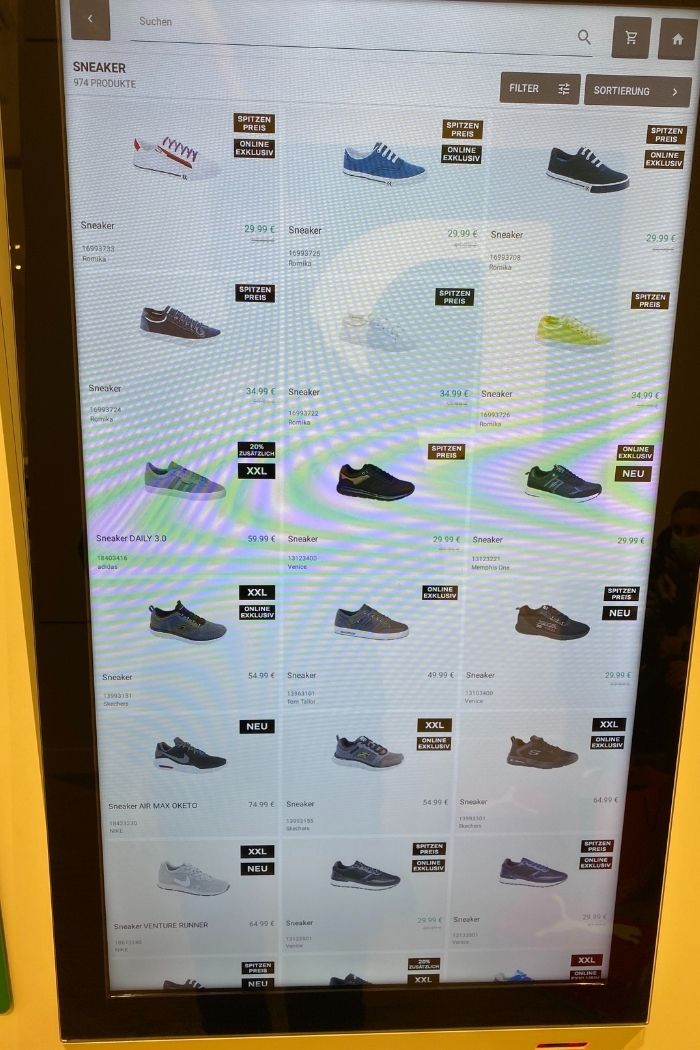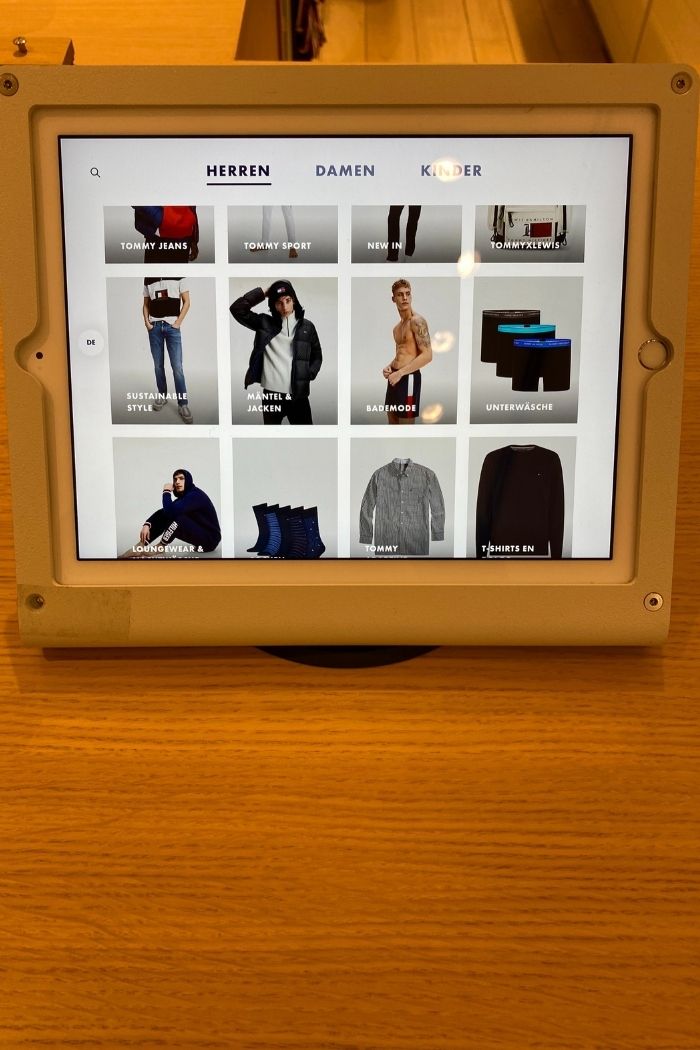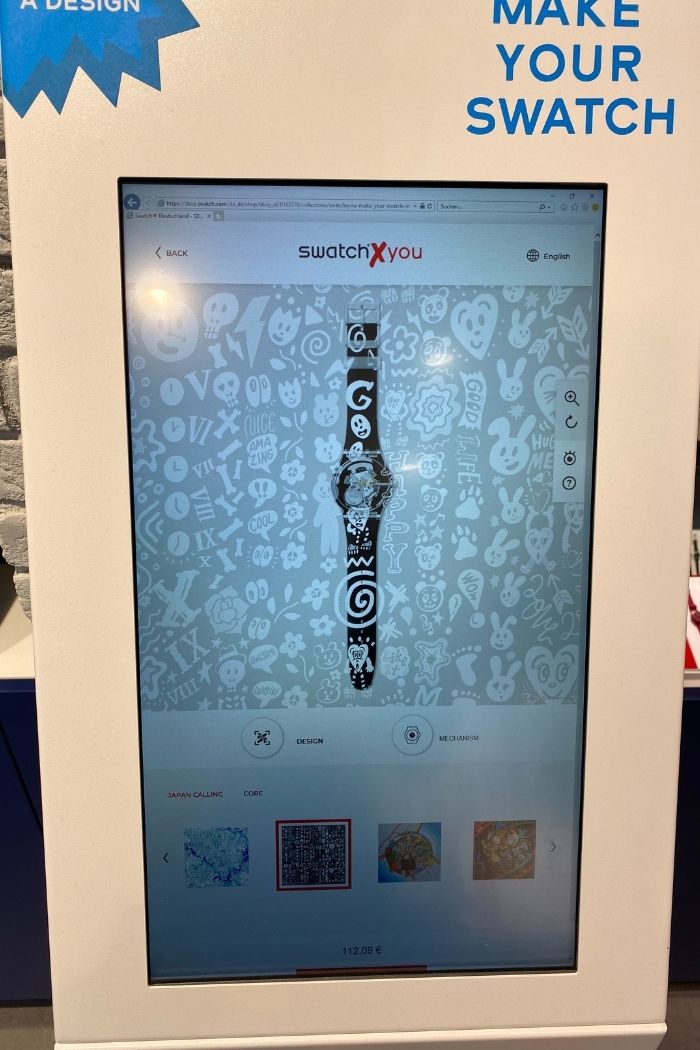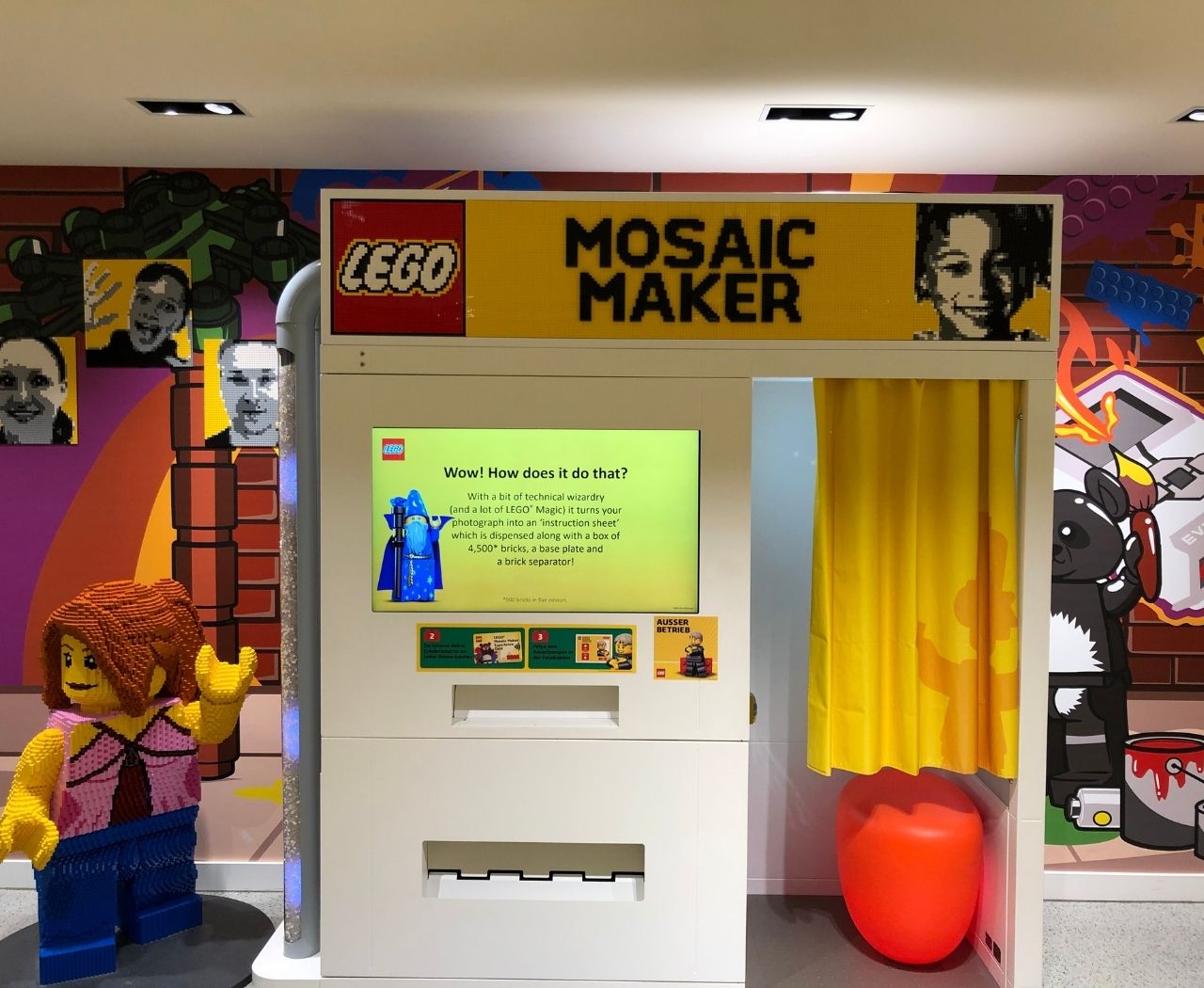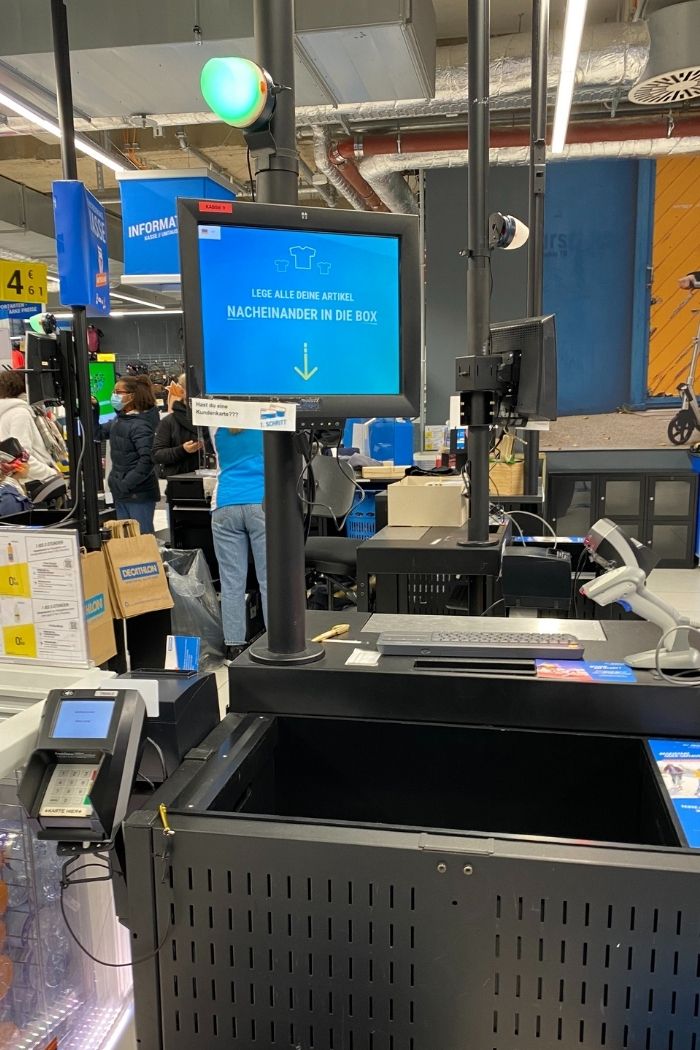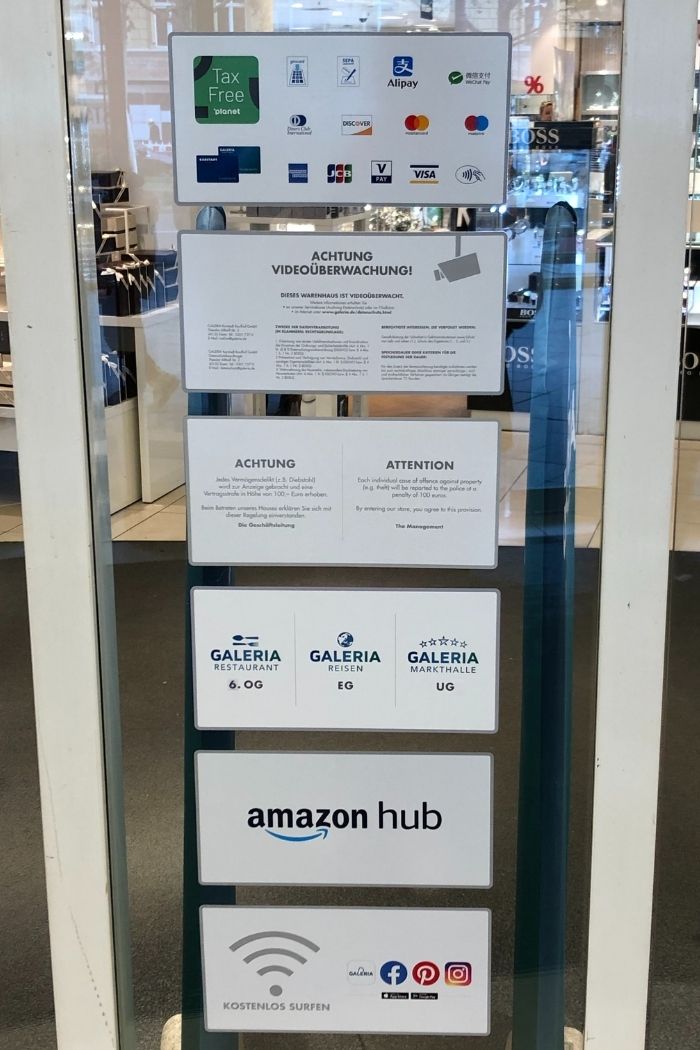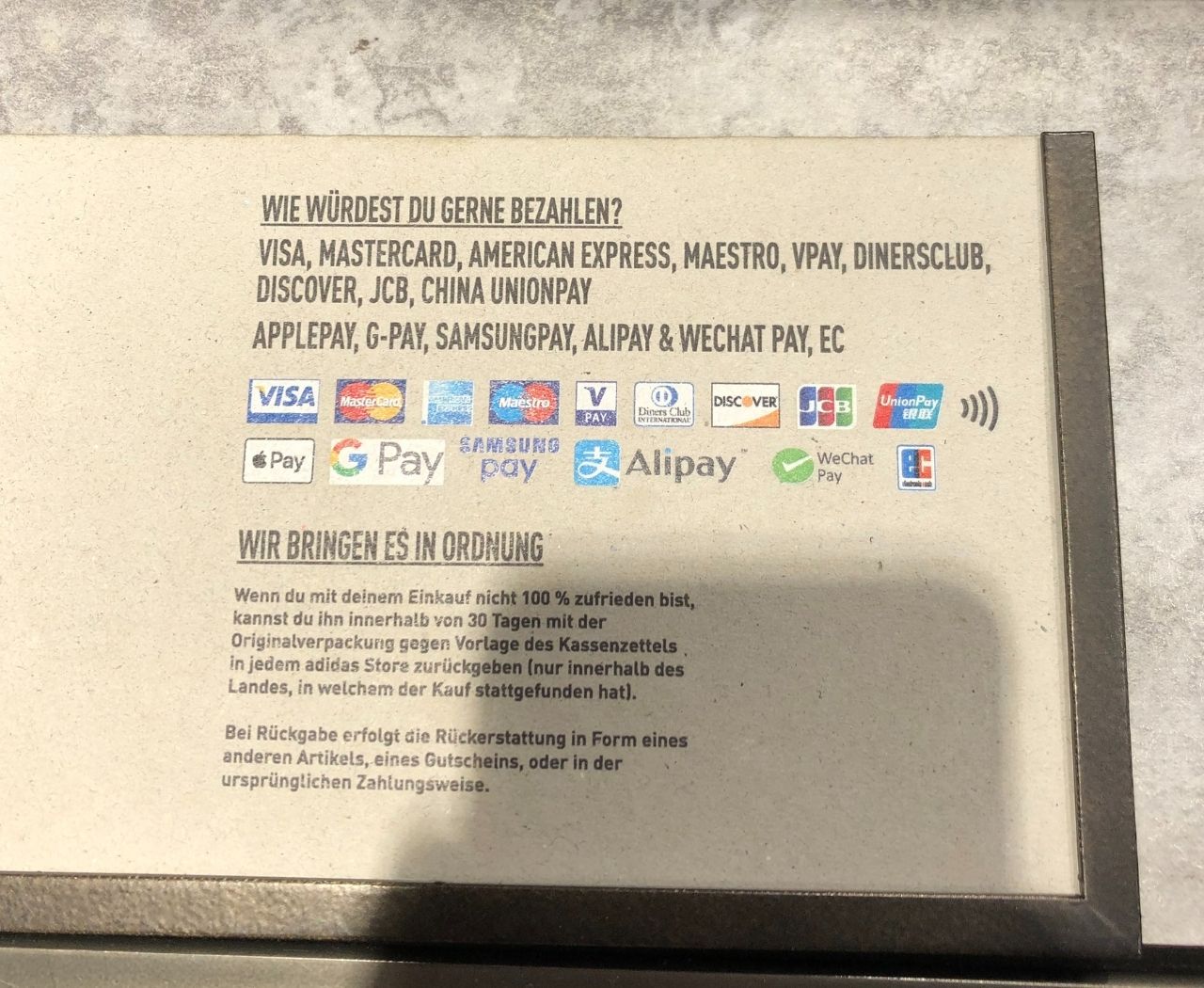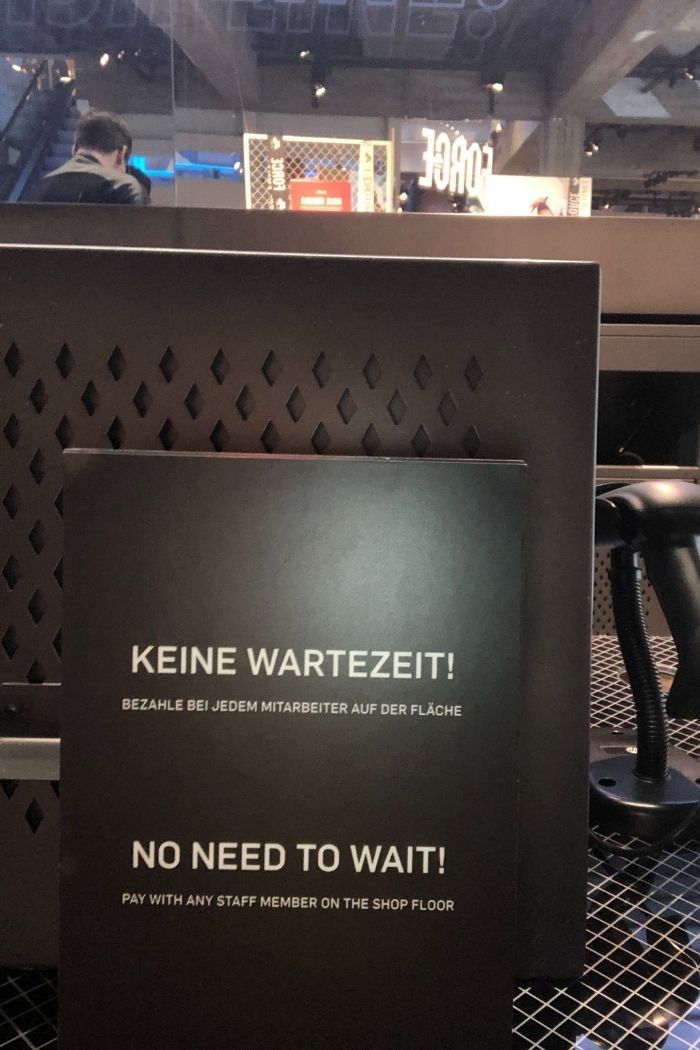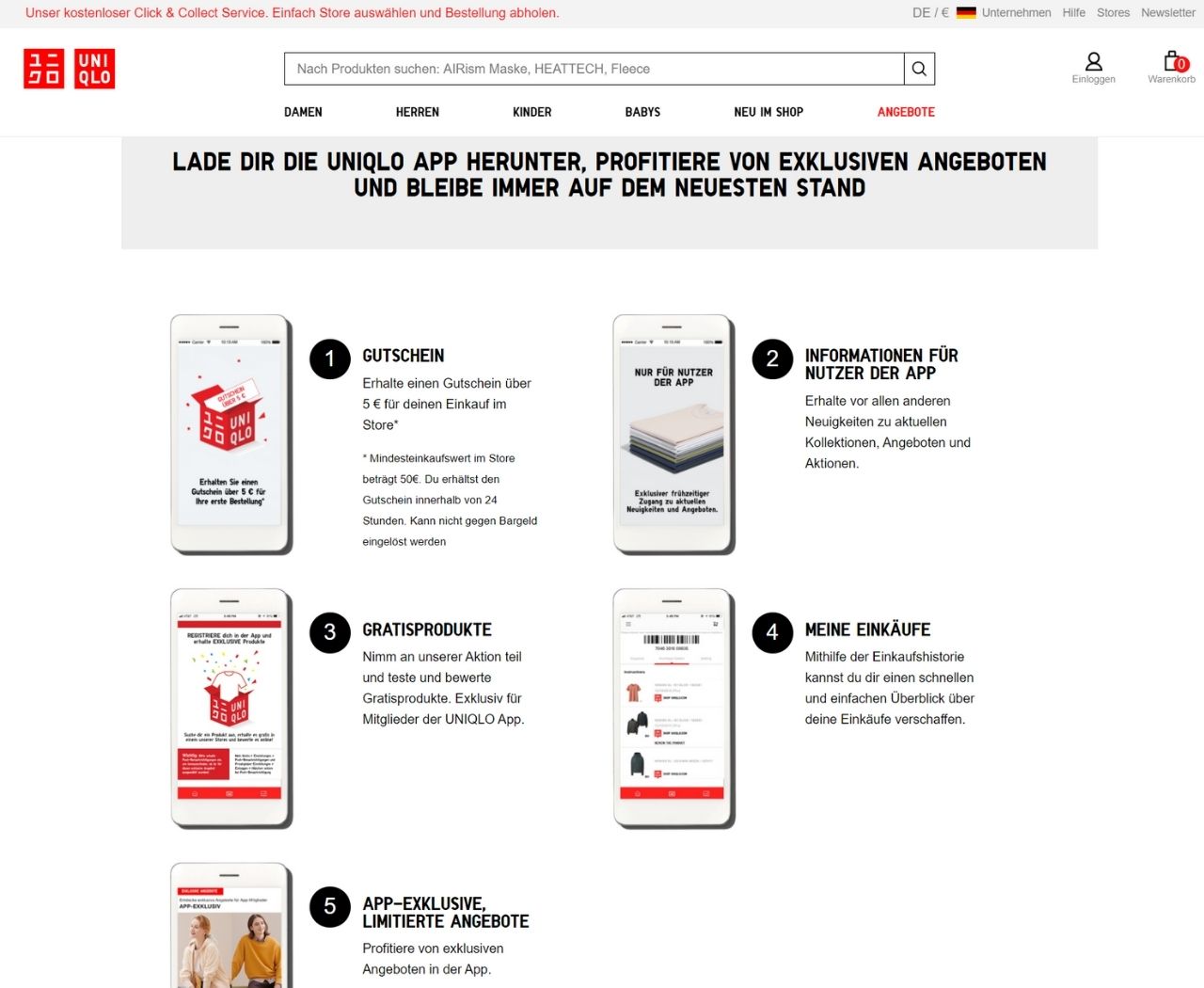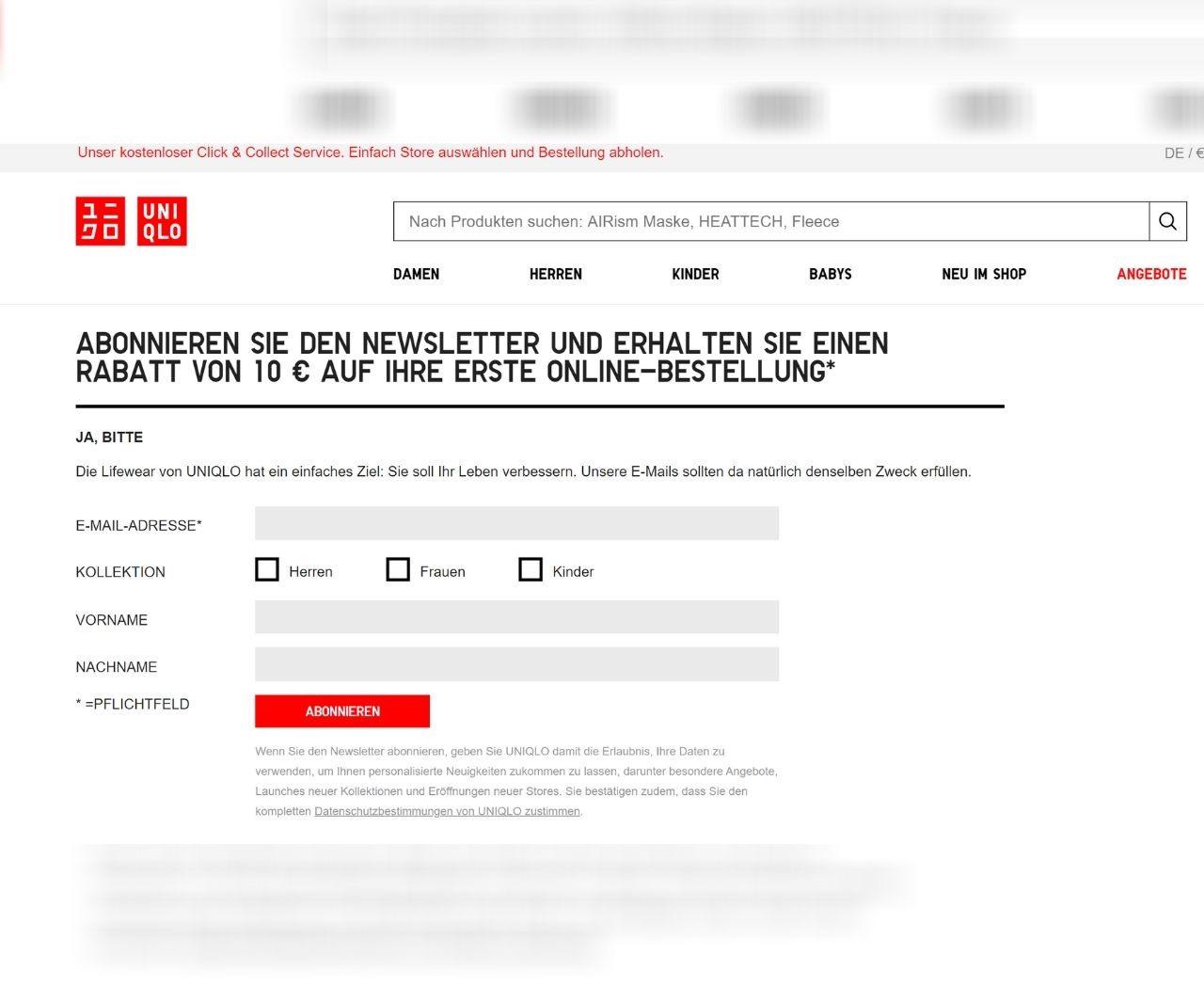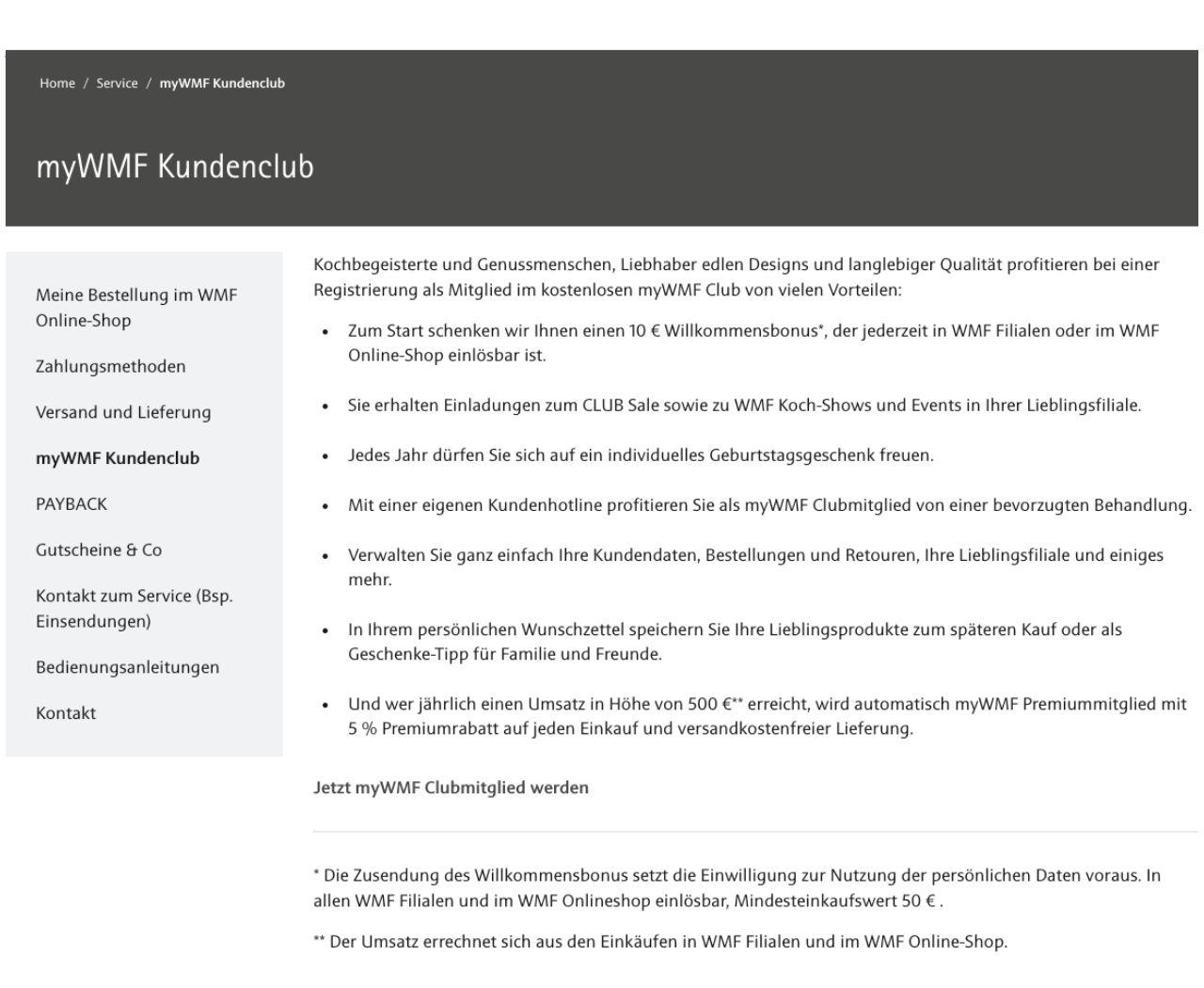13 ways brick and mortar retailers are digitizing the customer journey
The year 2020 was associated with many restrictions for stationary trade. The prospects for 2021 aren’t exactly looking up either. The brick-and-mortar retailers who have already built up a second pillar in online retail in recent years and have linked this with their local business will benefit.
After all, customer expectations and behavior have not only changed since the Corona pandemic. Even after the end of the pandemic, the success of online retail will mean that stationary retail will have to look for new concepts along the customer journey in order to remain relevant for customers. From online visibility and omnichannel offerings, to digital customer experience in the local shop, to digitally driven customer loyalty – the importance of digitization in brick-and-mortar retail has never been greater.
The question is how can brick-and-mortar retail adapt and what is the new status quo? We present 13 elements that brand manufacturers and retailers use for their brick-and-mortar business to digitally support visibility, customer experience as well as customer loyalty. In order to capture the current state of German retail and to elaborate these best practices, 755 shops in the most important shopping streets of the seven largest German cities were analysed on and offline.
Online visibility and omnichannel feature
Today, the customer journey often starts online and not in the brick-and-mortar shop. To increase customer traffic, physical shops need to make their offers and local presence visible on their digital channels. In the following, we show examples of how brick-and-mortar retailers can increase their visibility online in a targeted way:
Webshop or shopping app
Around 90% of the brick-and-mortar shops we surveyed have an online presence and a webshop or shopping app that customers can use to quickly access the product range. When customers log in, the offer is tailored and even more granular based on their history. Retailers also have the option to reach customers via push notifications, SMS alerts and emails.
2. Information about the local shop on the website
A shop finder on the website or in the app shows the locations of shops near the shopper. This feature should also inform the shopper what omnichannel features and services are offered at each location.
3. Google Local Inventory Ads
Google’s “local inventory ads” work like a classic shop window. Customers can search the storefront offered by Google for similar products available at the nearest location. Retailers use this format to display their assortments as well as opening hours, availability and locations. This free feature is available for any product or service. The following retailers use this concept:
4. Omnichannel Features
Brand owners and retailers that offer a comprehensive omnichannel experience to the customer seamlessly merge the customer journey from desktop to mobile devices to physical shops. Below, we have selected a few positive examples that offer a comprehensive range of omnichannel features.
Digitally supported customer experience at the POS
Digital support during the customer journey can come in different forms in stationary trade. On the one hand, it can offer the customer inspiration, entertainment, interaction or information and thus encourage him to buy. On the other hand, it can help customers find the right product or pay conveniently, thus making the buying experience more comfortable.
5. Inspiration via digital displays
Digital displays show additional content and virtual environment in the POS. Therefore, they can be used as a promotional tool to communicate brand image or new trends to customers:
6. Navigation via digital displays
Customers can easily lose their orientation, especially in larger shops and department stores. Interactive displays help customers find their way to the right floor or department. This form of digital indoor navigation is usually not available via smartphone, so these digital displays are of particular value to the customer.
7. Entertainment via digital interaction
Beyond specific products, customer are also looking for inspiration and entertainment when they make a shopping trip. Examples of digitally supported elements are immersive digital displays such as VR headsets, digital mirrors and creative studios.
8. Self-service via digital assistants
Touchpads that provide customers with product advice and services are the perfect way to combine the tangible elements of offline shopping with the convenience of online shopping. By providing customers with in-store touch screens, shoppers minimise contact with live sales staff and can obtain information on their own.
9. Product information via interactive displays
Online, customers have become accustomed to informing themselves about desired products. Interactive displays offer a comparable service in the local shop and create trust before the purchase.
10. Personalised products via digital displays
Offering services that enable customers to personalise products can positively influence the buying experience, improve brand awareness, and customer loyalty. Here are some examples:
11. Individual payment via digital checkouts
One of the biggest draws to online shopping is seamless checkout. Shops with multiple physical points of sale (to avoid long queues), different online payment methods and contactless payments bring the off- and online shopping experience closer together.
Digitally supported customer loyalty at the POS
If two shops sold more or less the same item at a comparable price, which one would a customer choose? Loyalty programmes can move customers from one brand to another. Not to mention, digital loyalty programmes know customers’ previous shopping habits and can tailor benefits to their needs.
12. customer loyalty via digital loyalty cards
Although loyalty programmes have been around for decades, today’s loyalty card has many more features. Converting the physical card into an app function is a great way to ensure that customers never forget their card at home.
13. Customer retention via newsletters
Customers who visit a local shop might be interested in staying in touch. That’s where signing up to newsletters come in handy. Alternatively, customers can connect with the shop via social media.
Closing thoughts
Where does brick-and-mortar retail stand with regard to the accompaniment of the customer journey by digital technologies? As the study has already shown quantitatively, the many examples round off the picture. It is encouraging that good examples can be shown for all dimensions. From online visibility and omnichannel features to digital in-store support and customer loyalty, retailers show what best practice can look like. These should set the direction for the entire brick-and-mortar retail sector to remain visible, relevant and attractive to customers in the future.
For the latest information on eStrategy Consulting, you can also follow us LinkedIn, Xing, Facebook
You can find an overview of our consulting services here.

